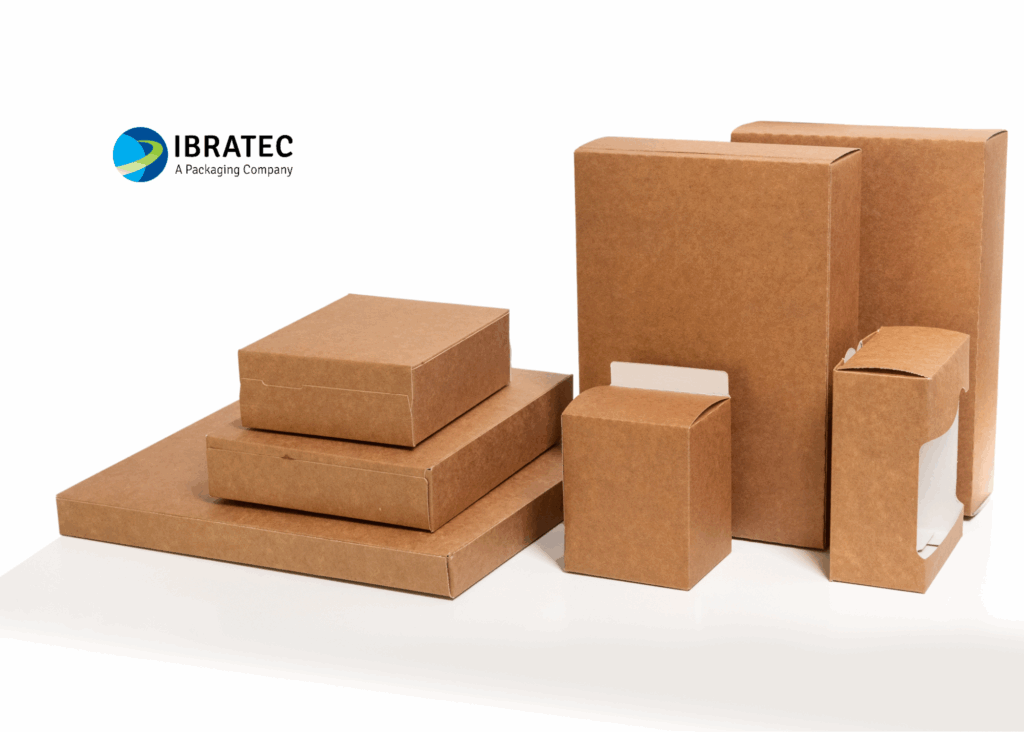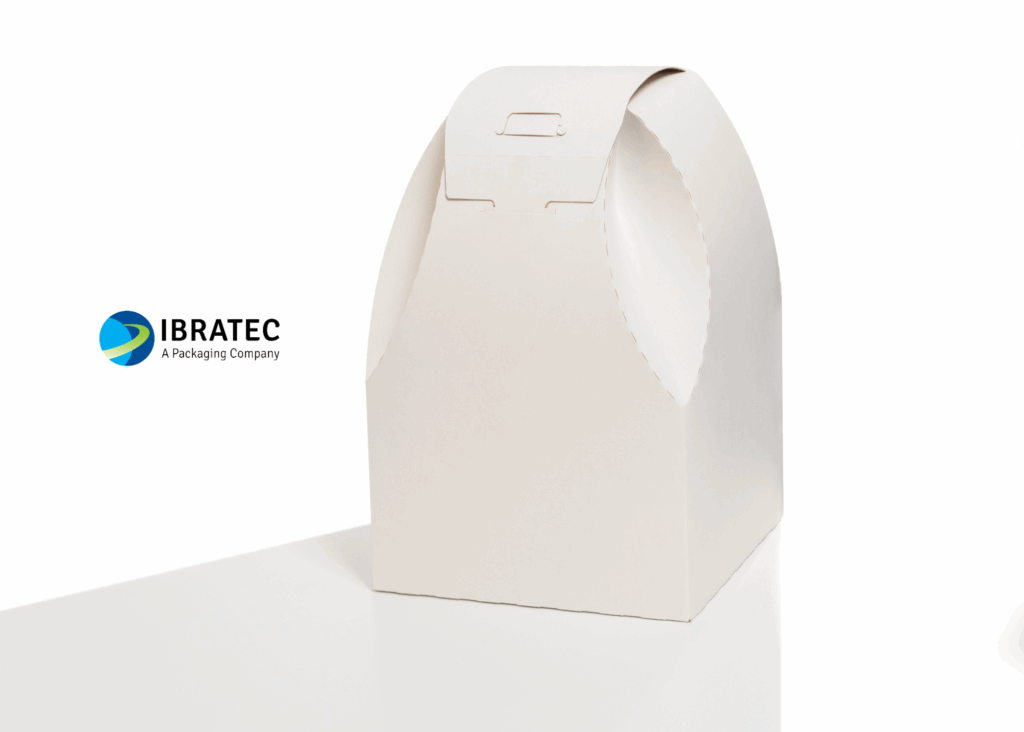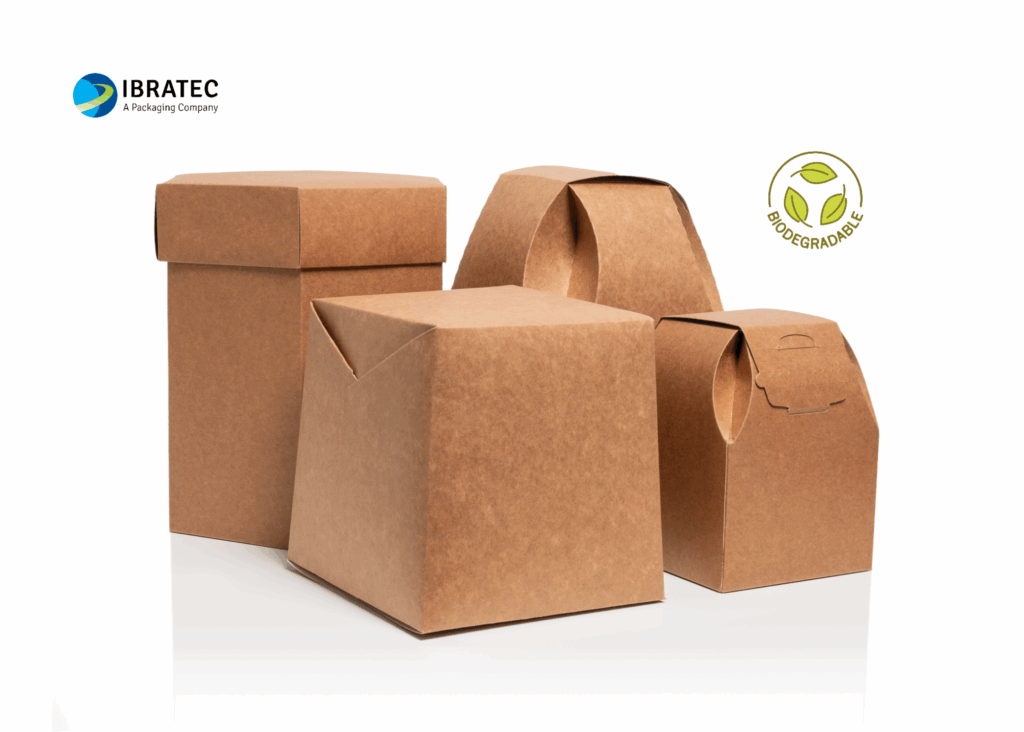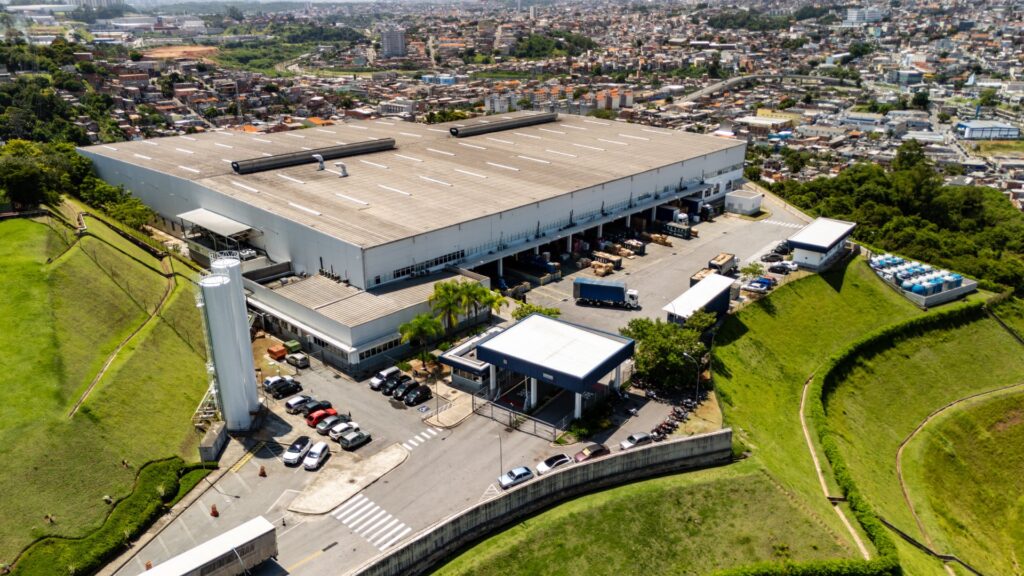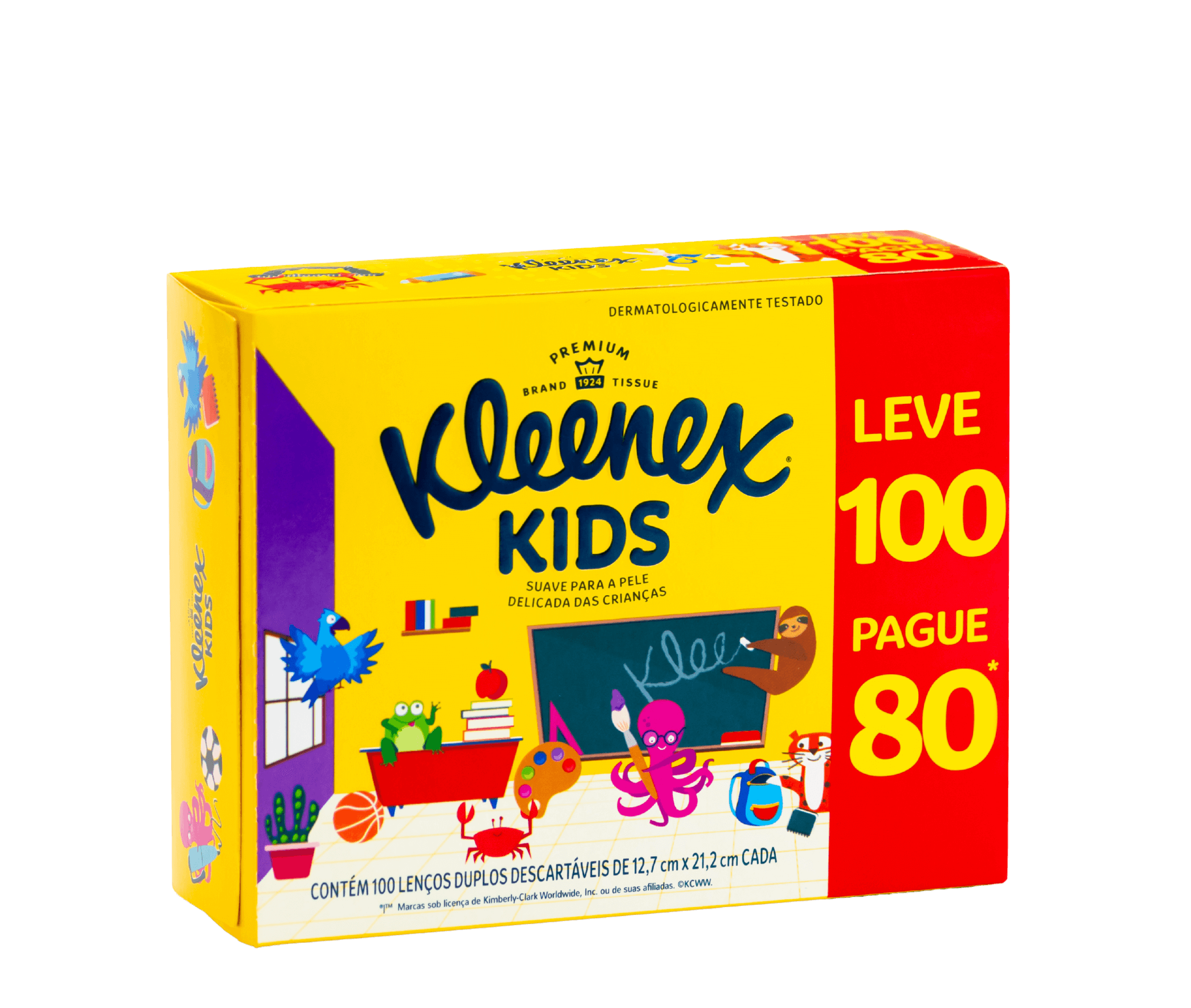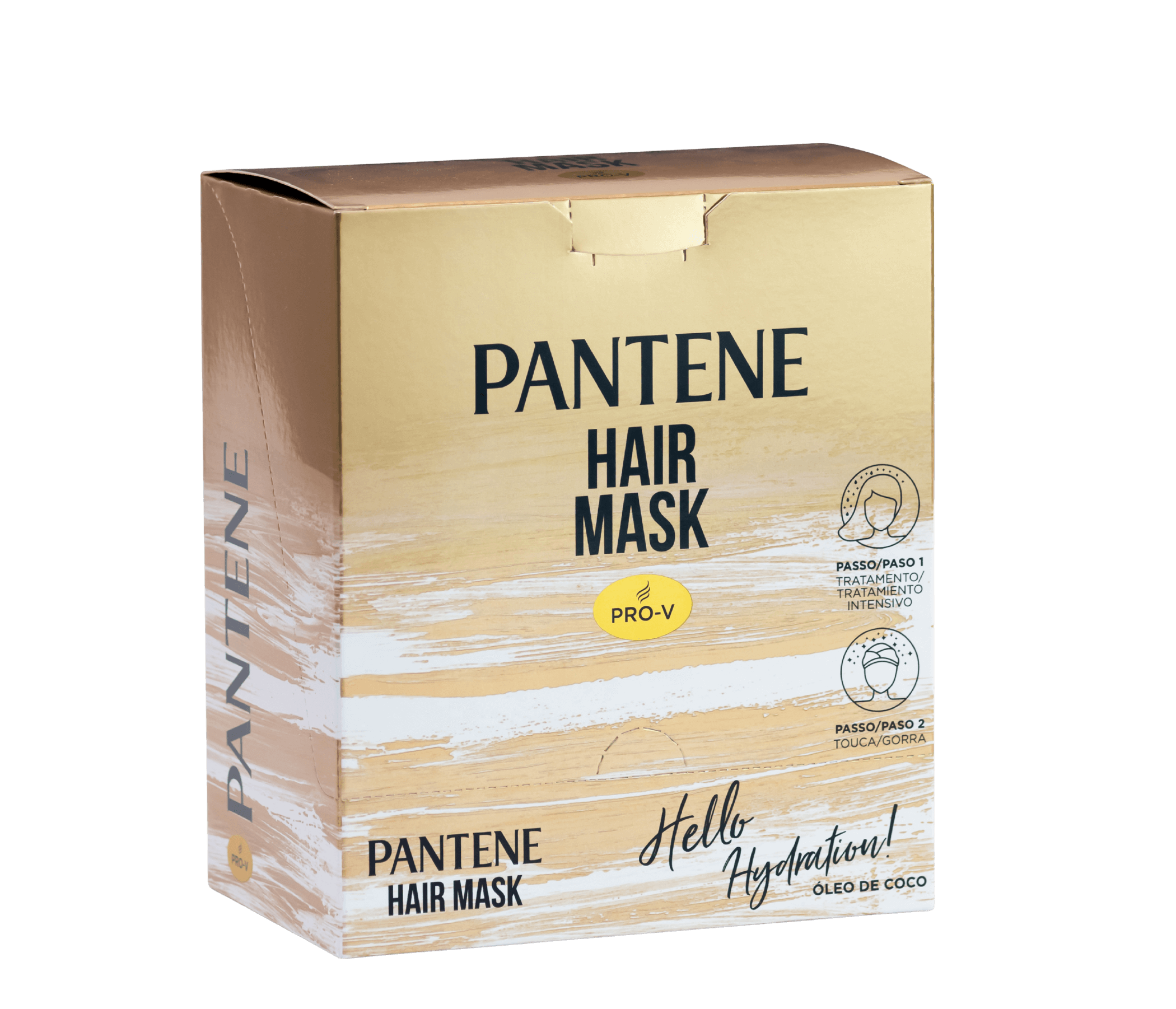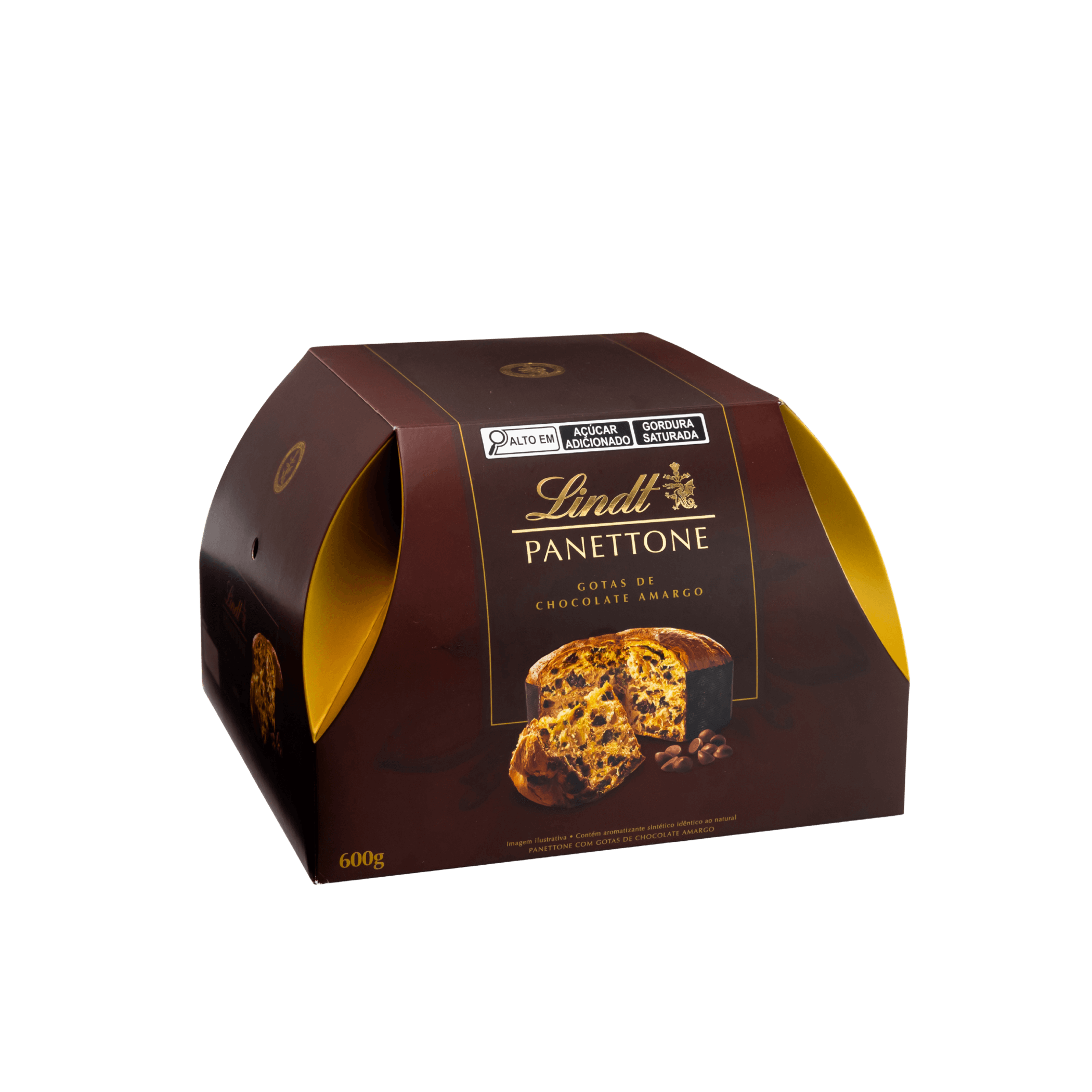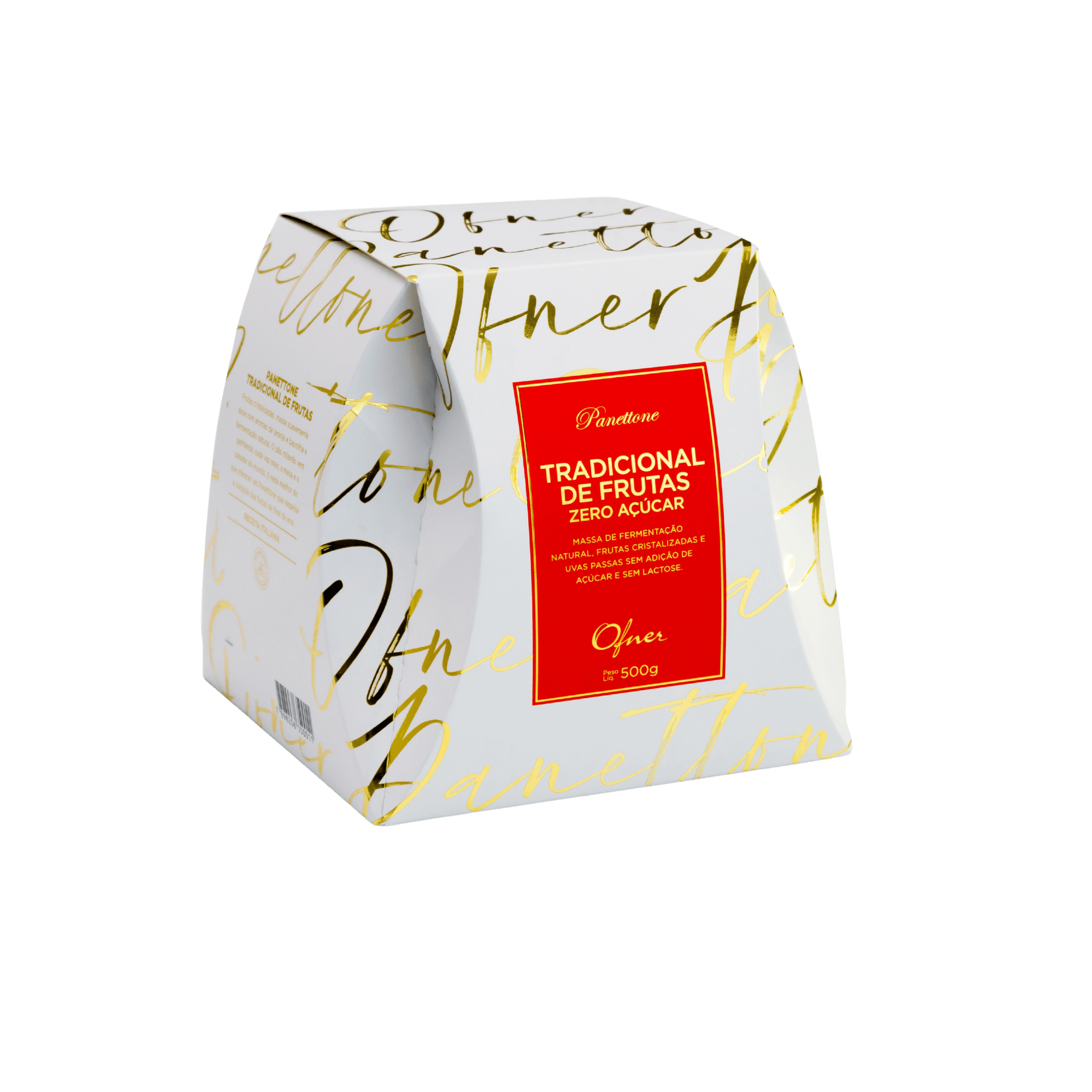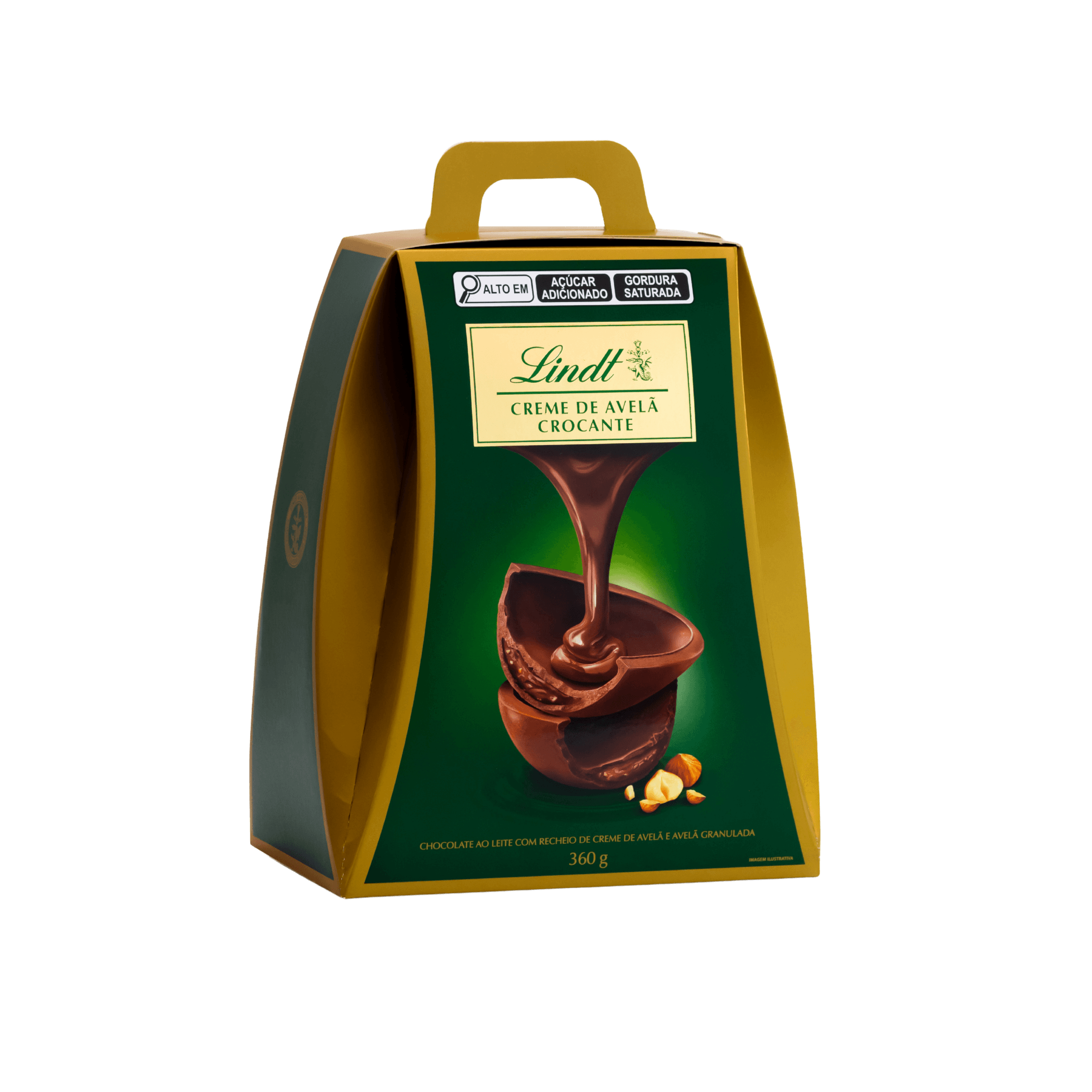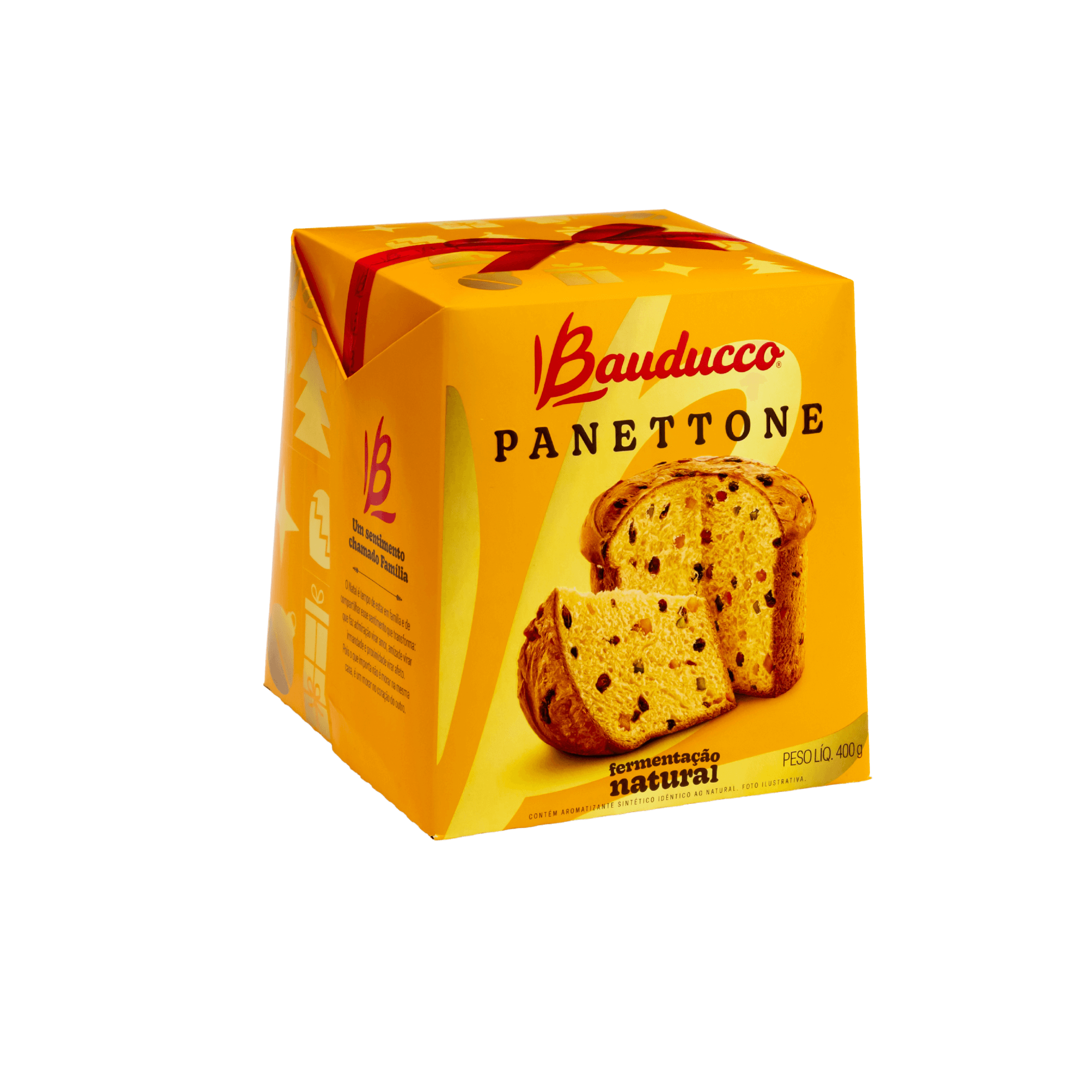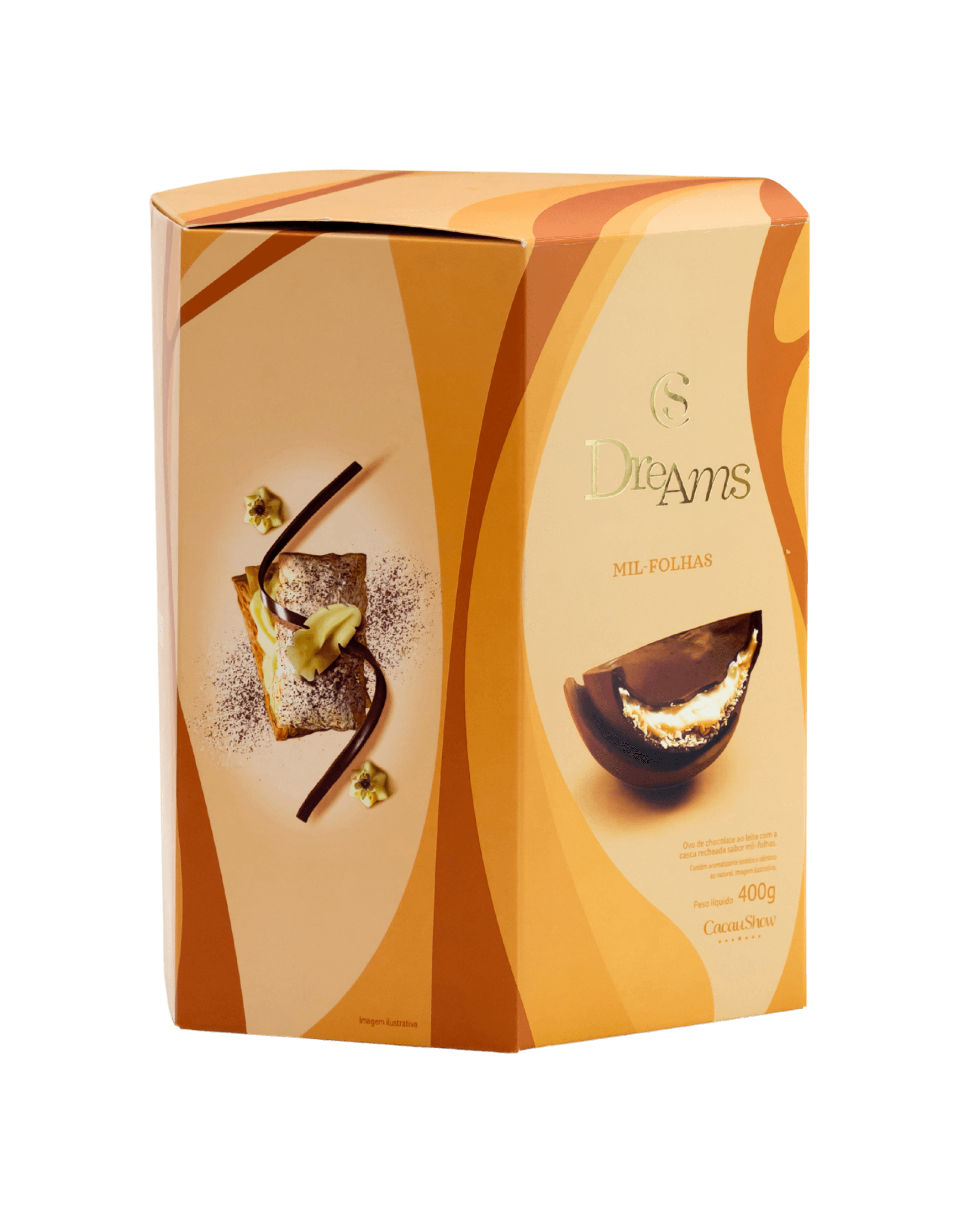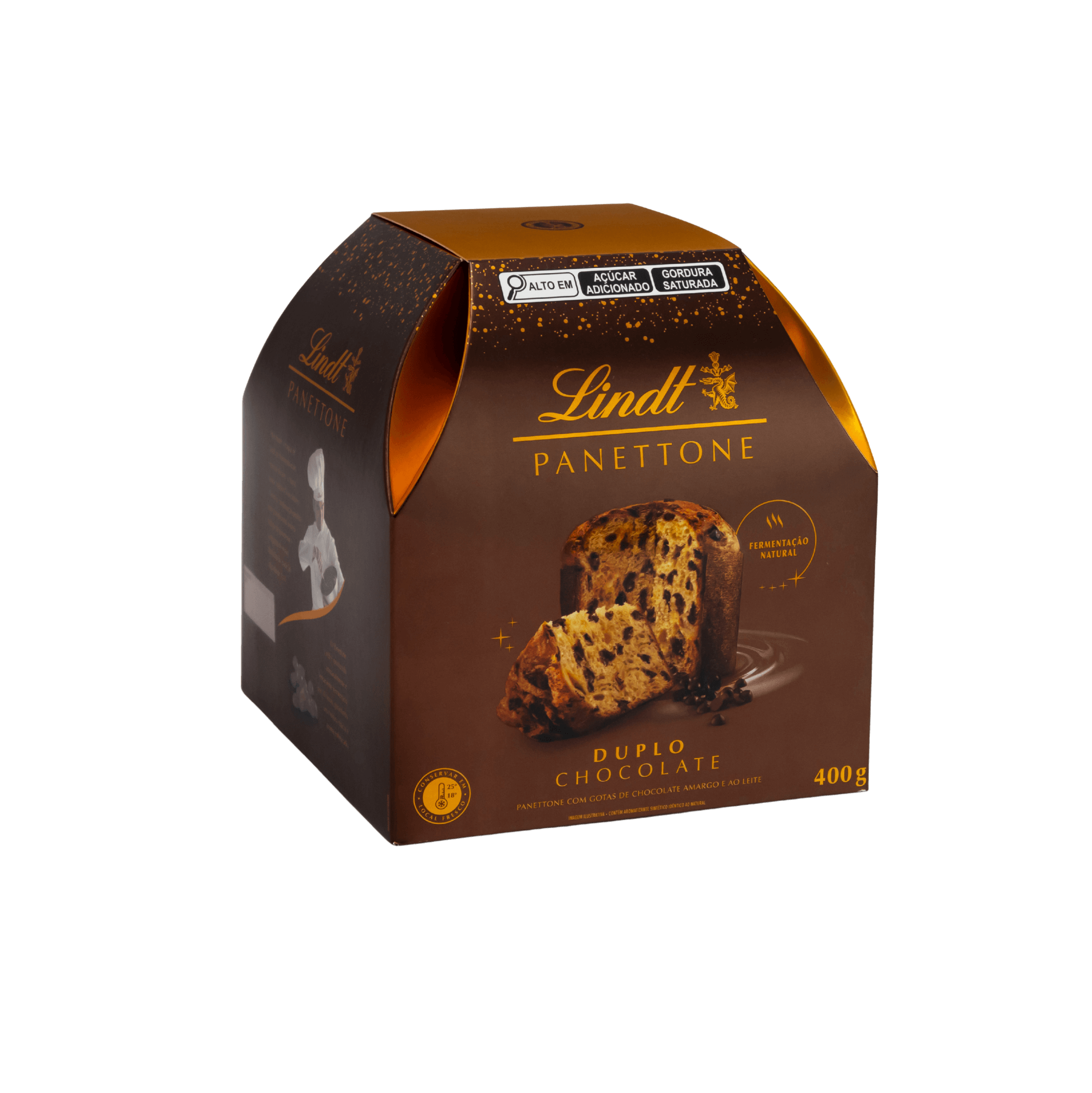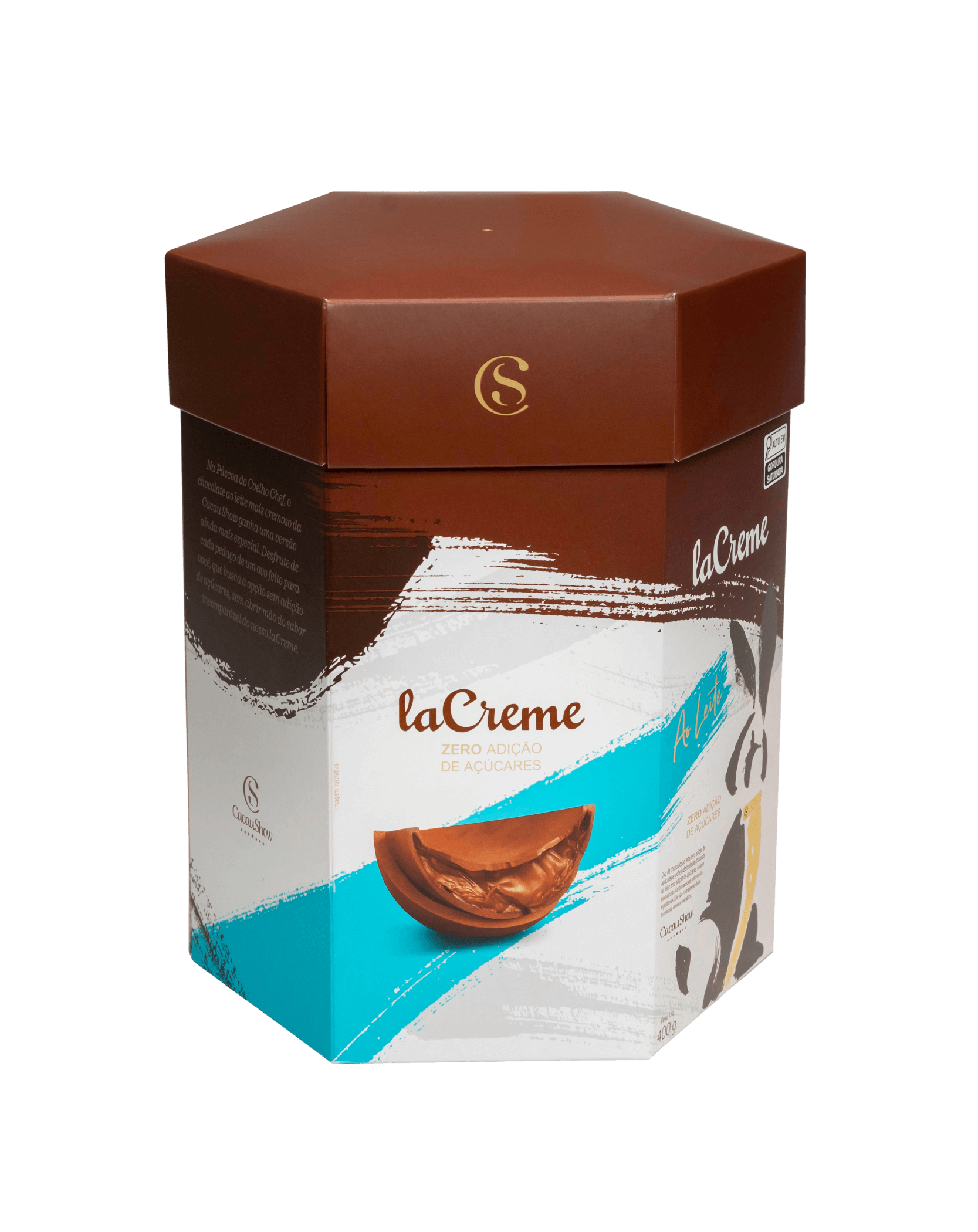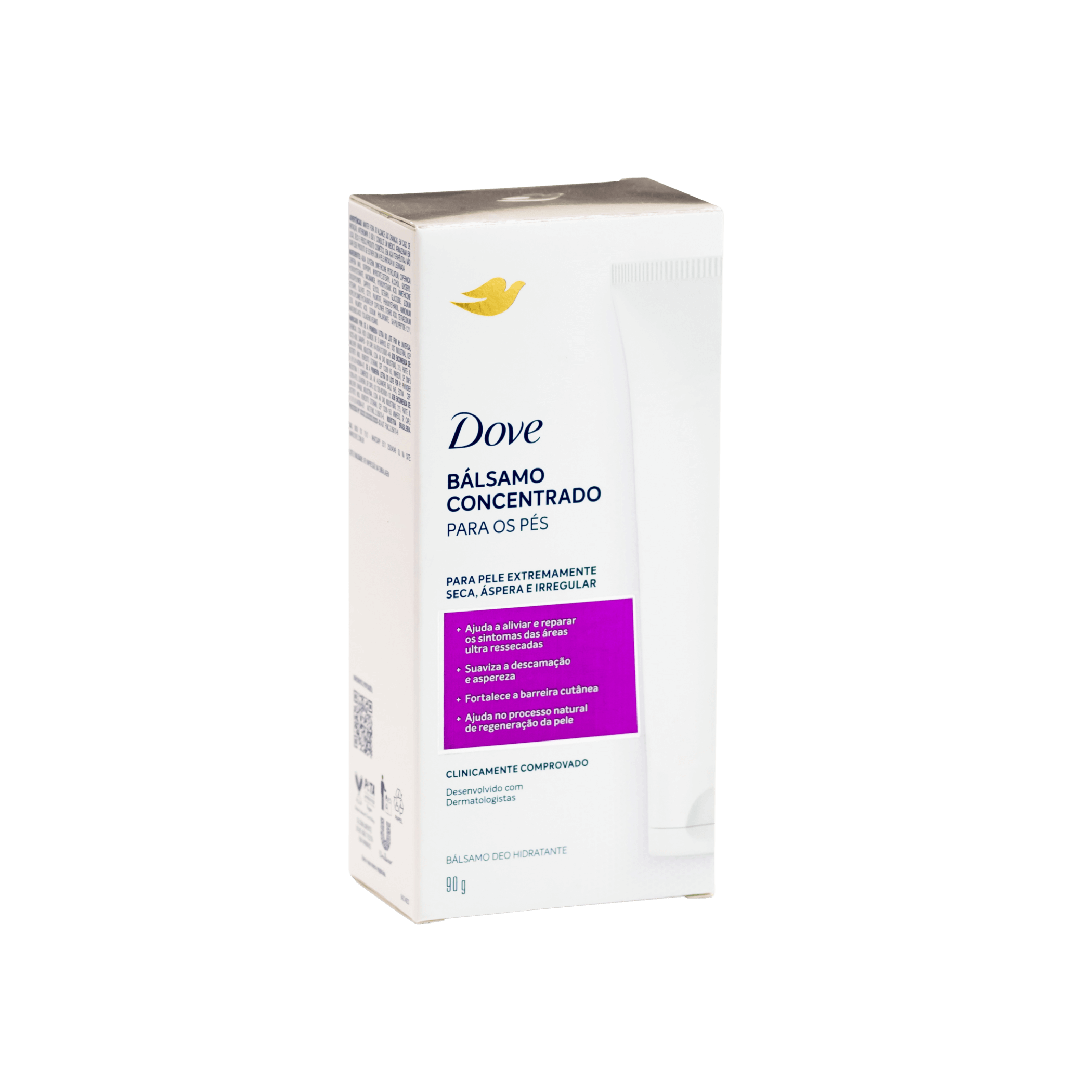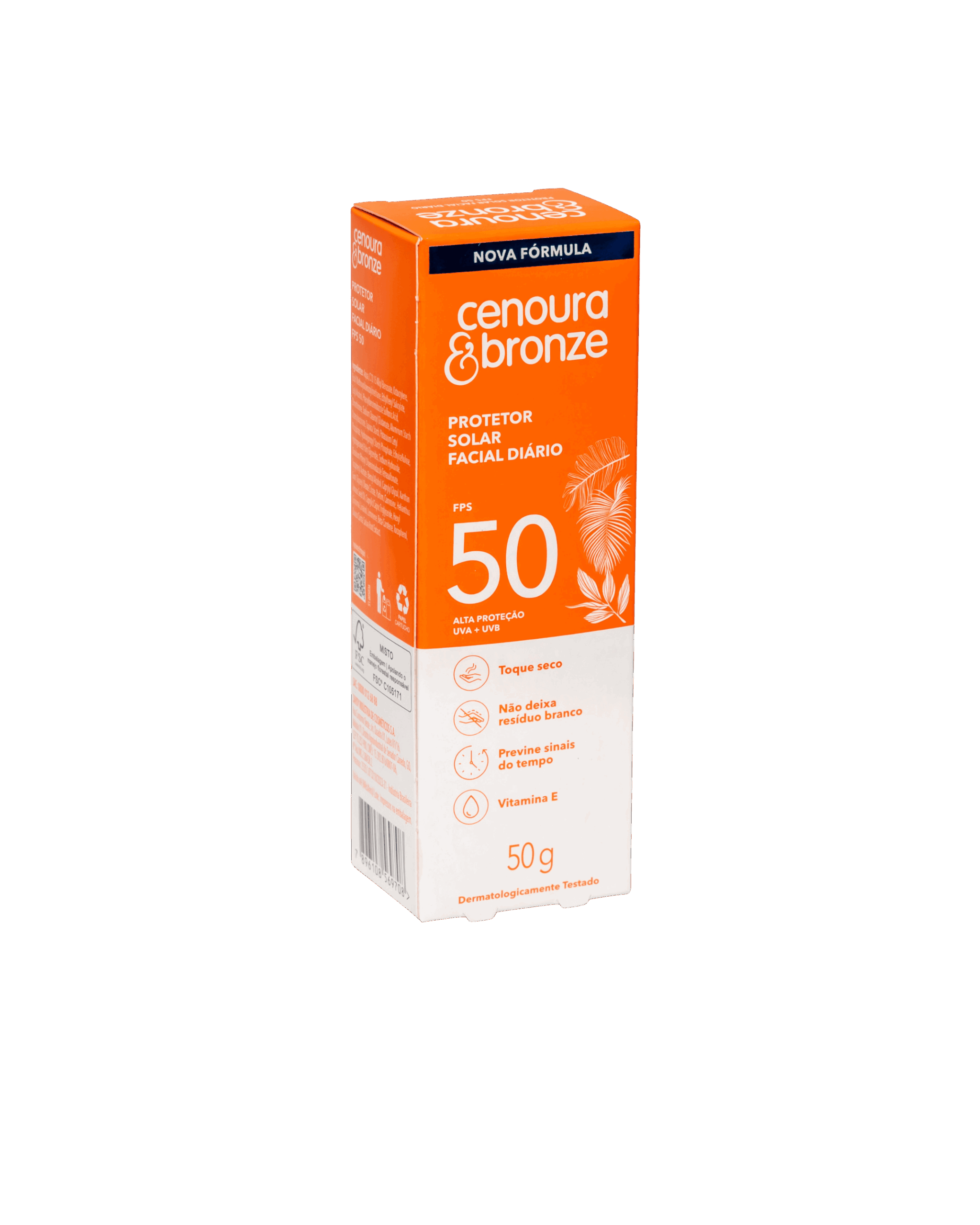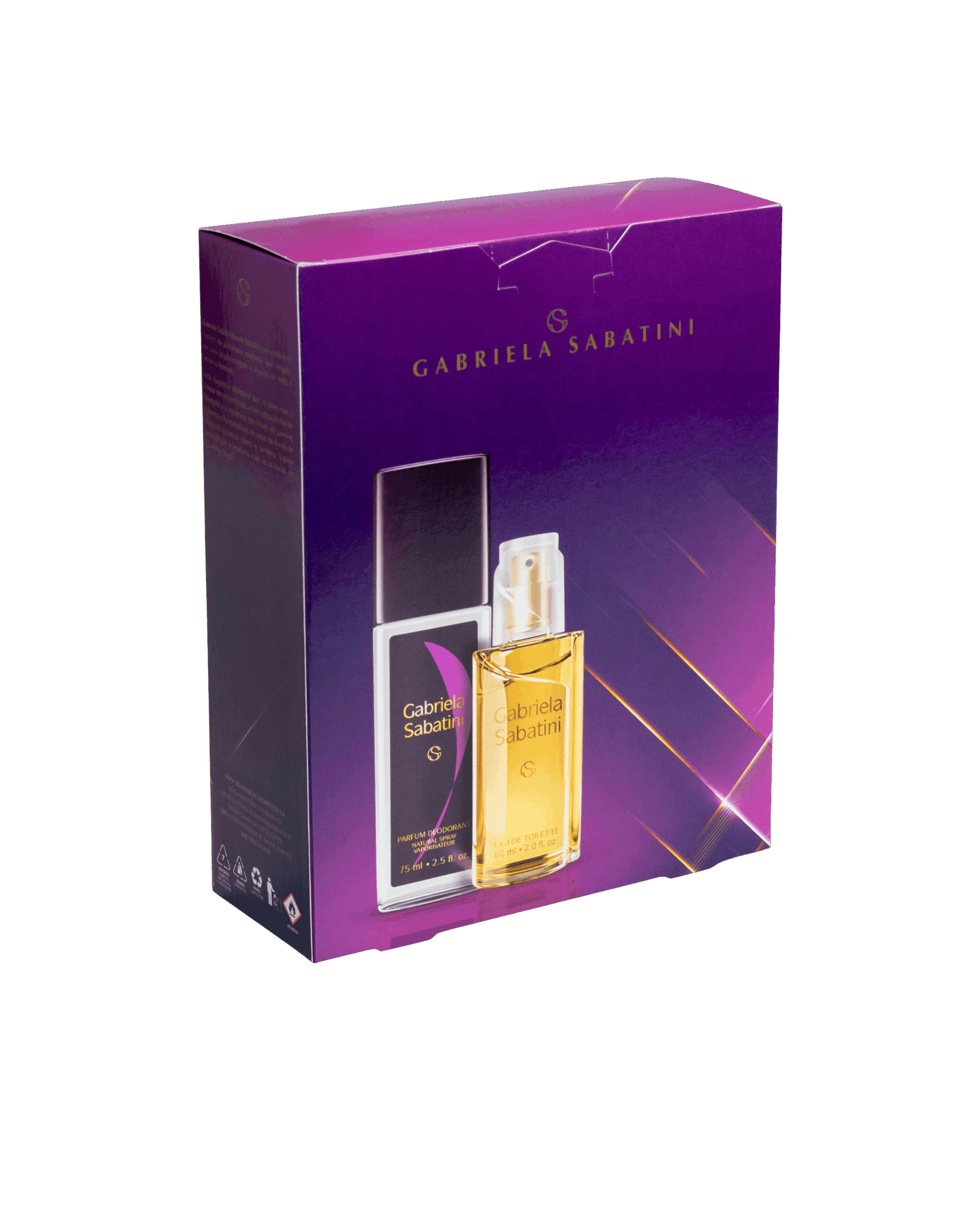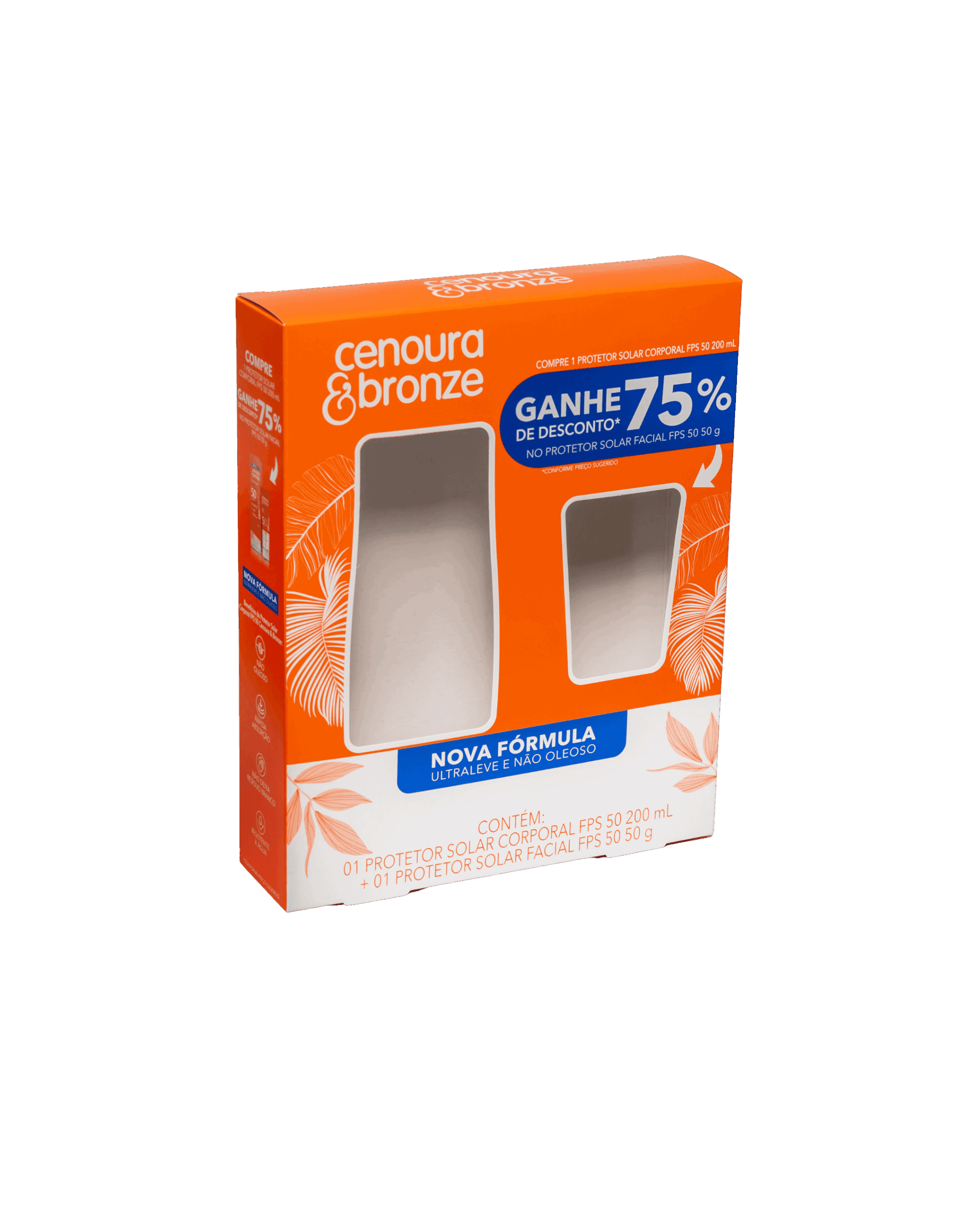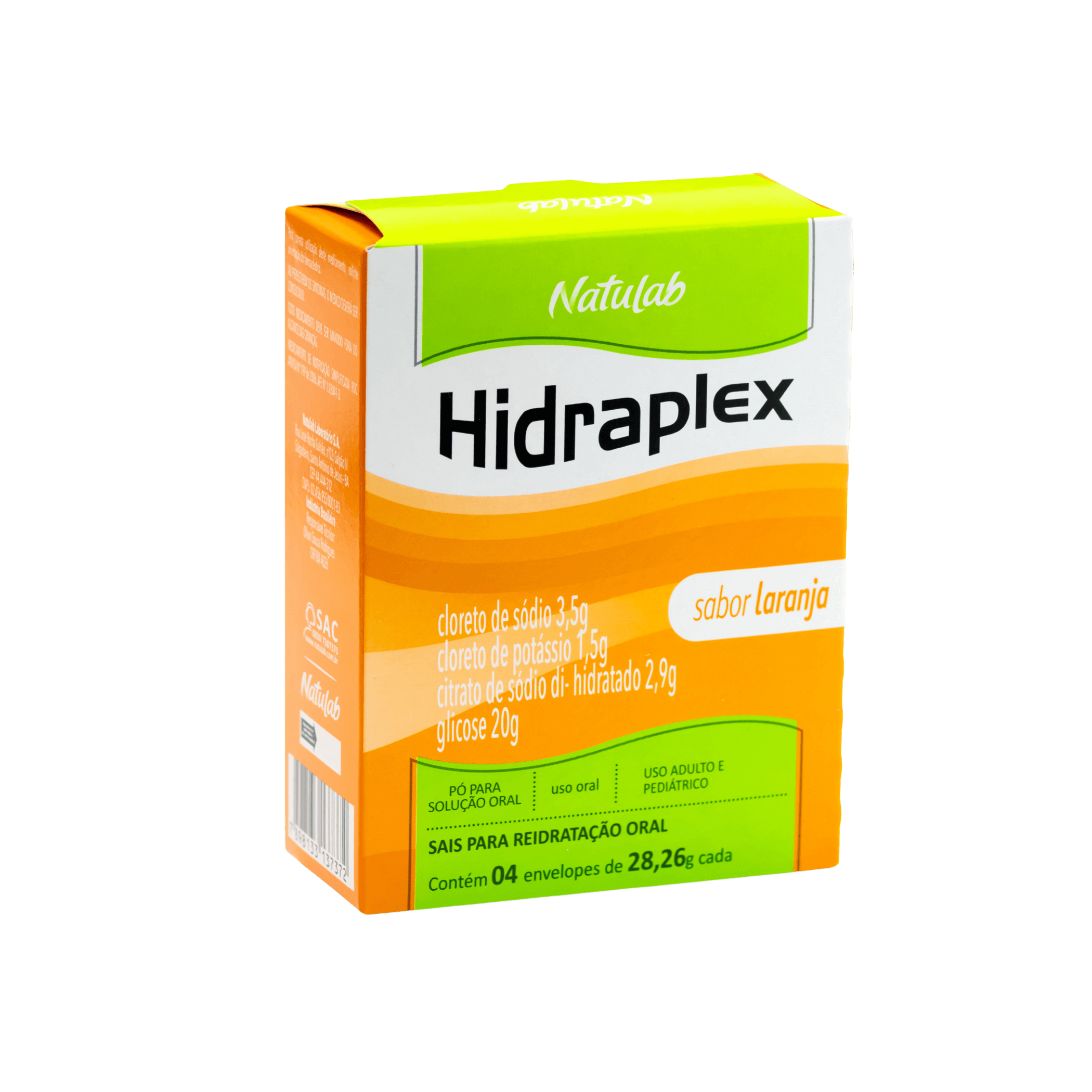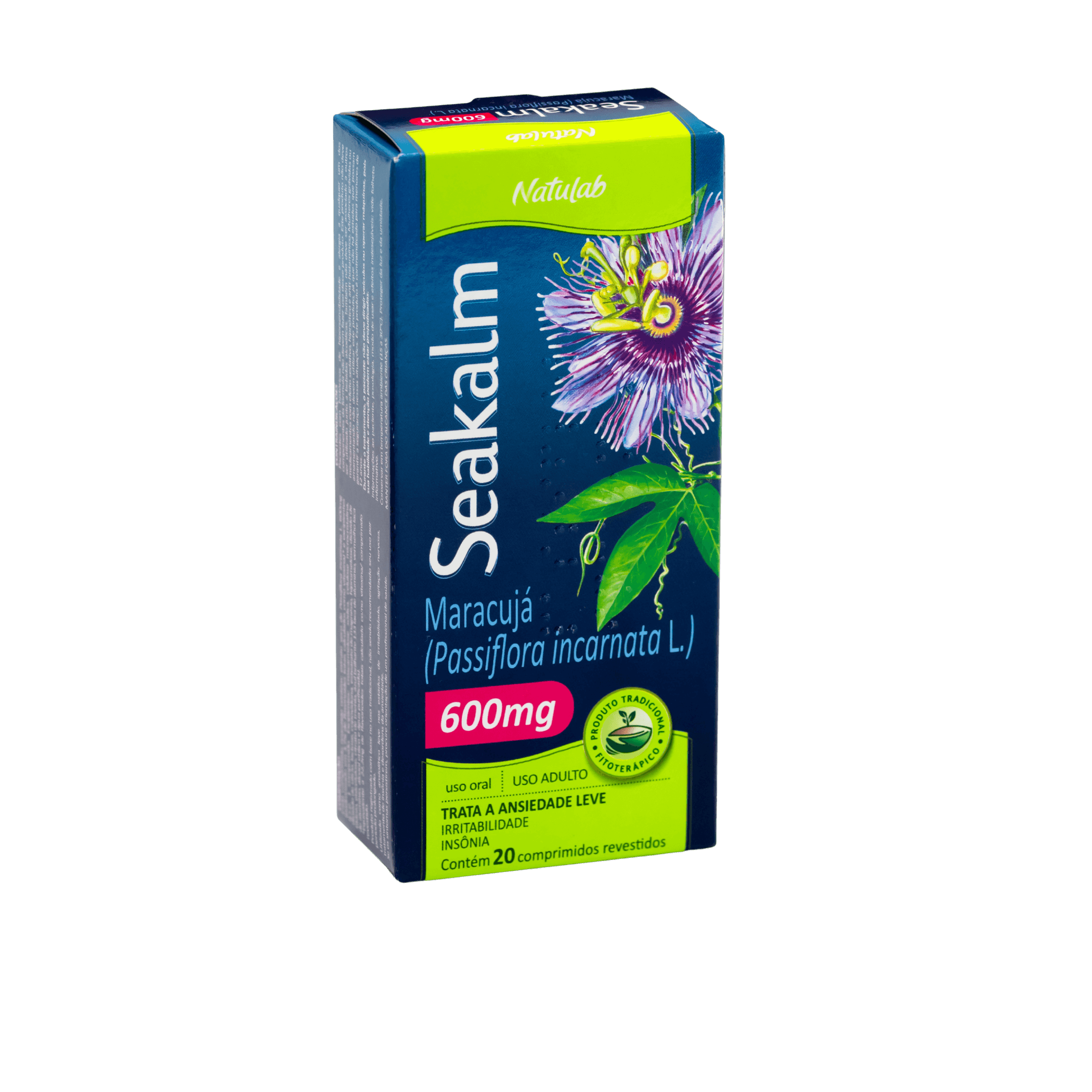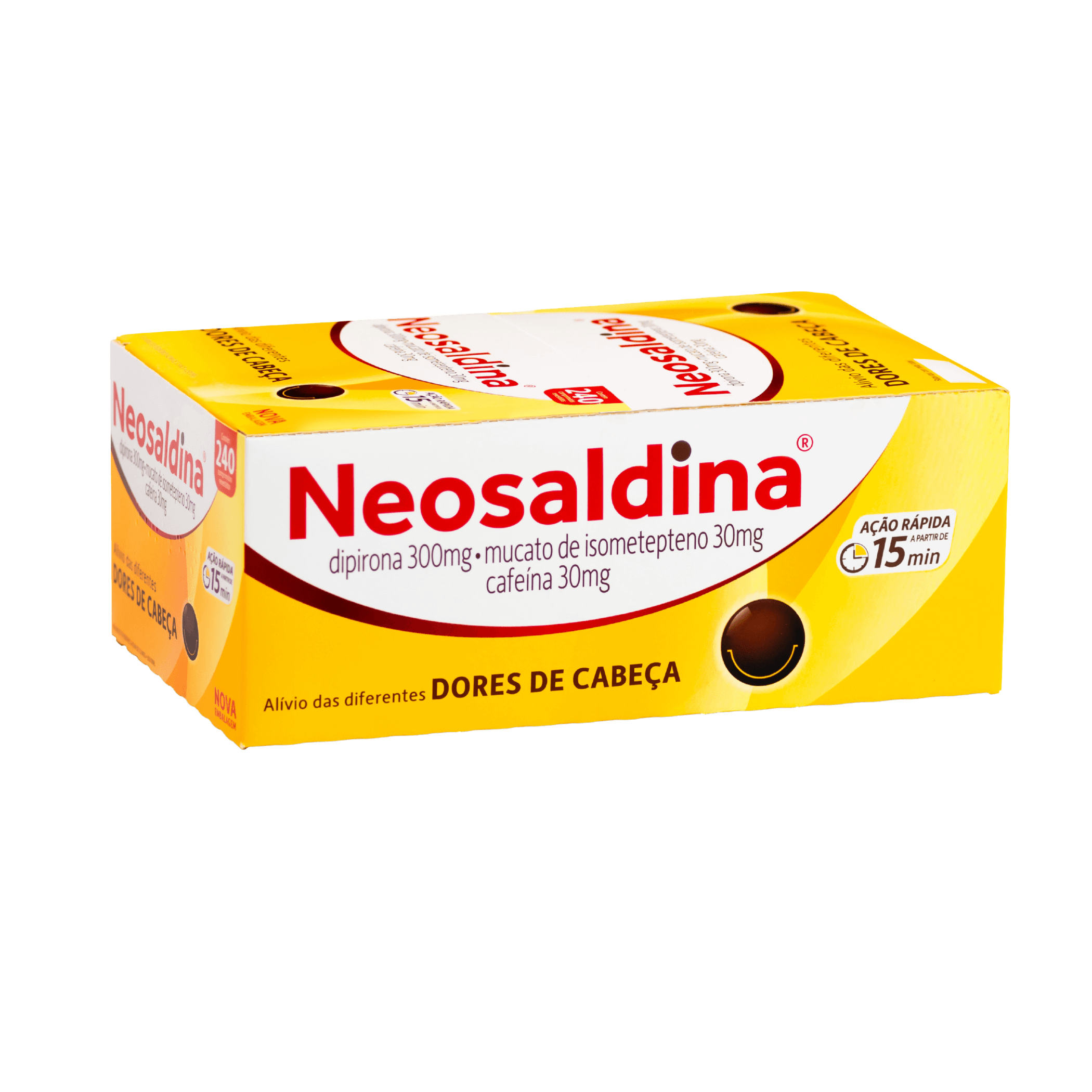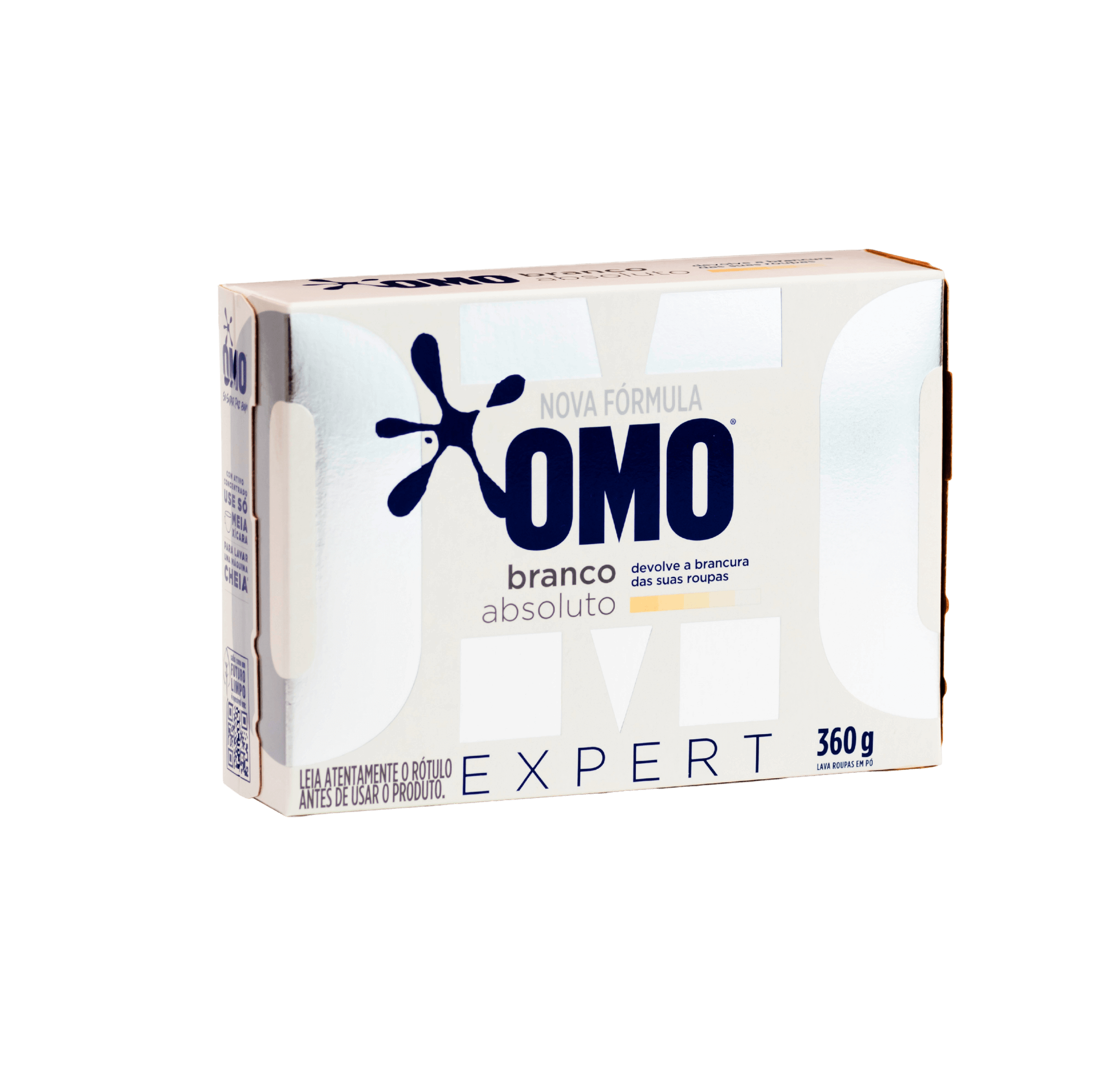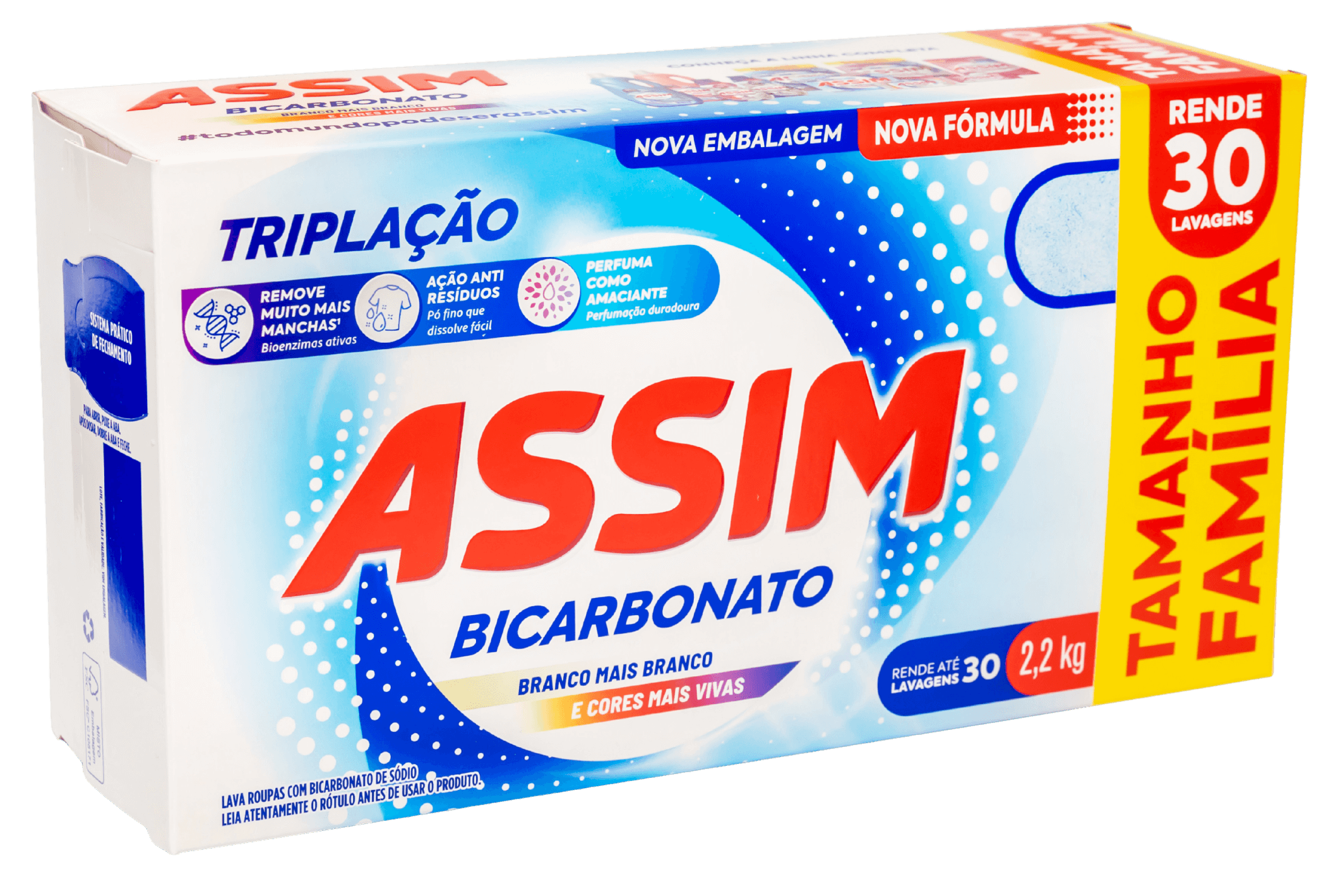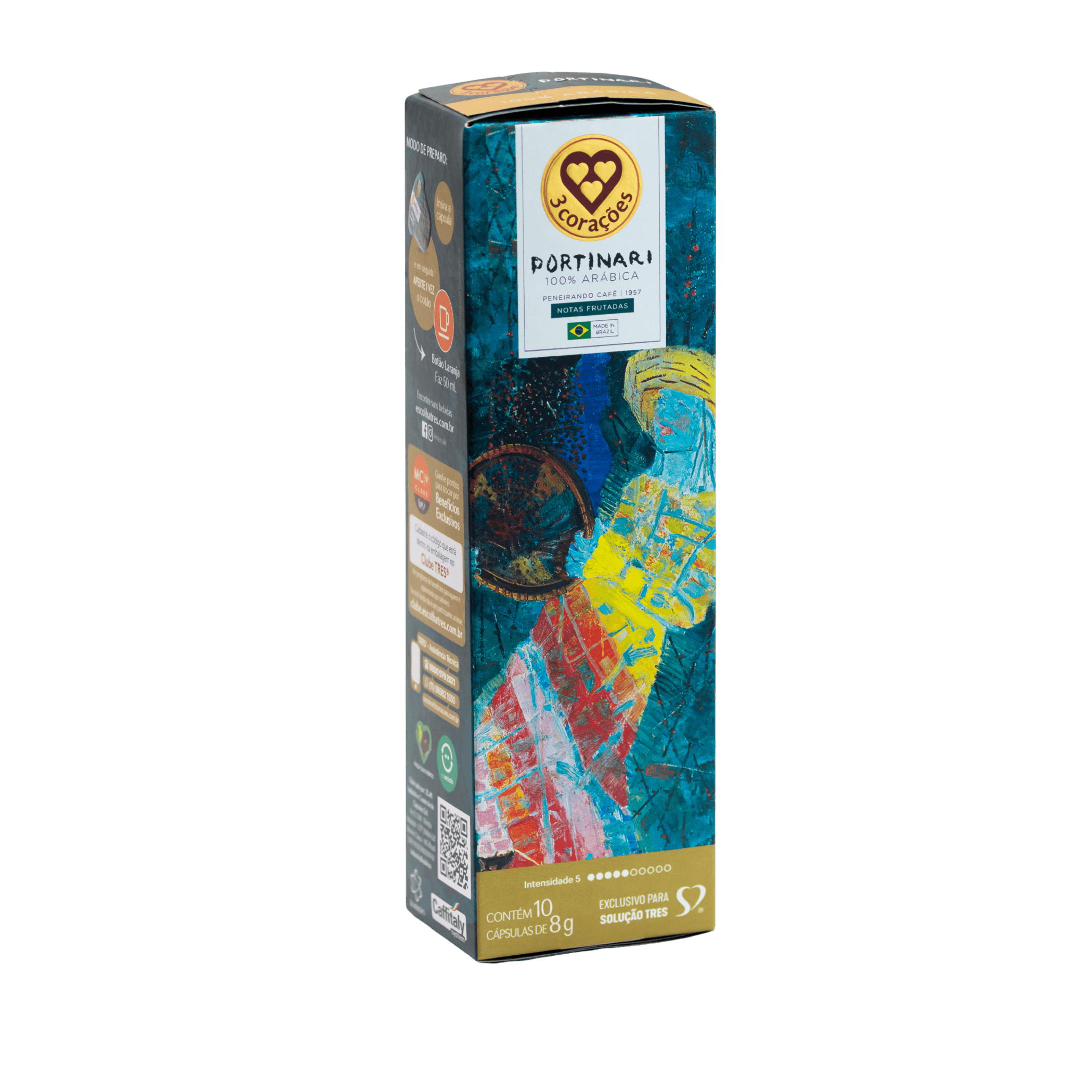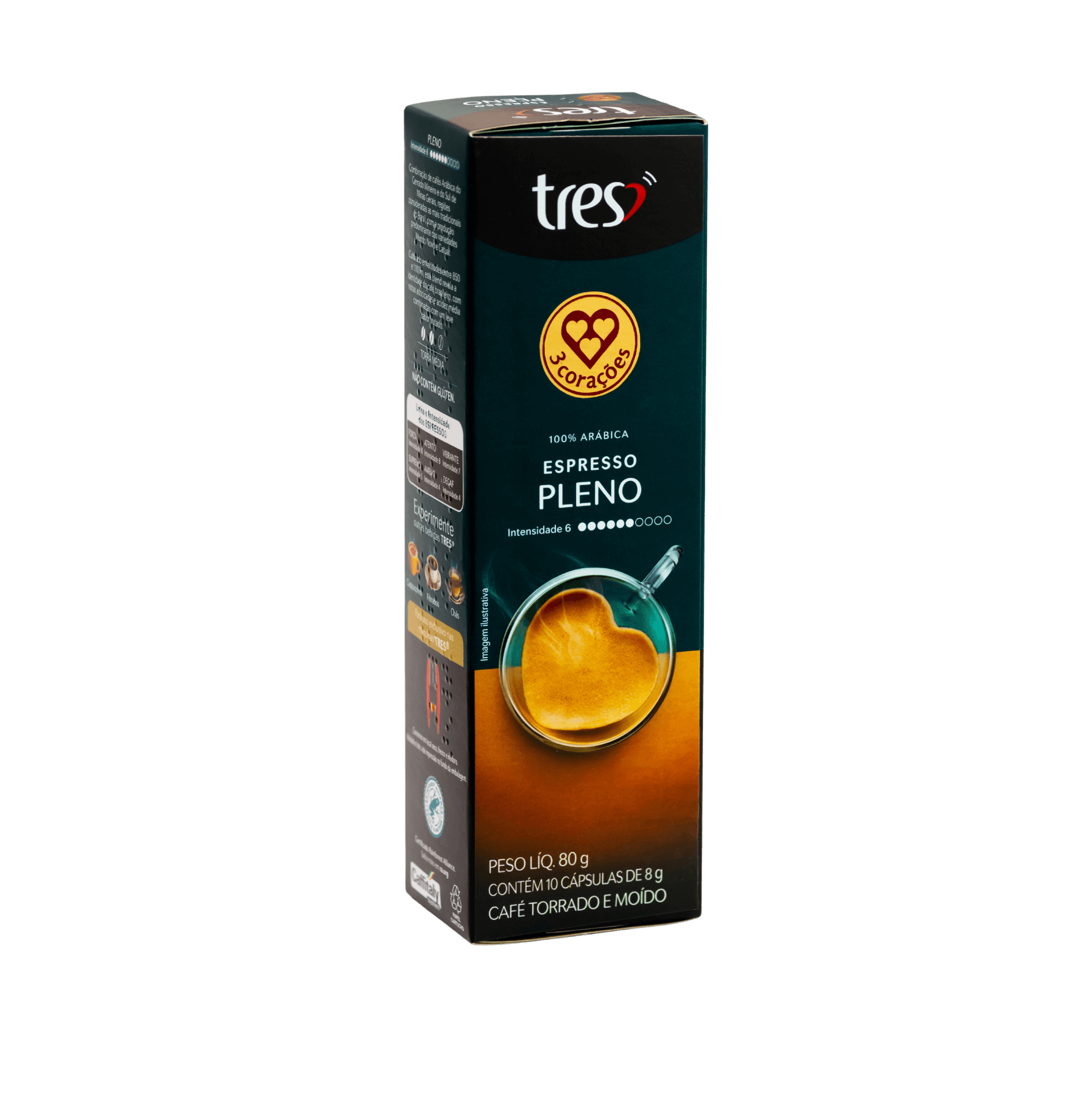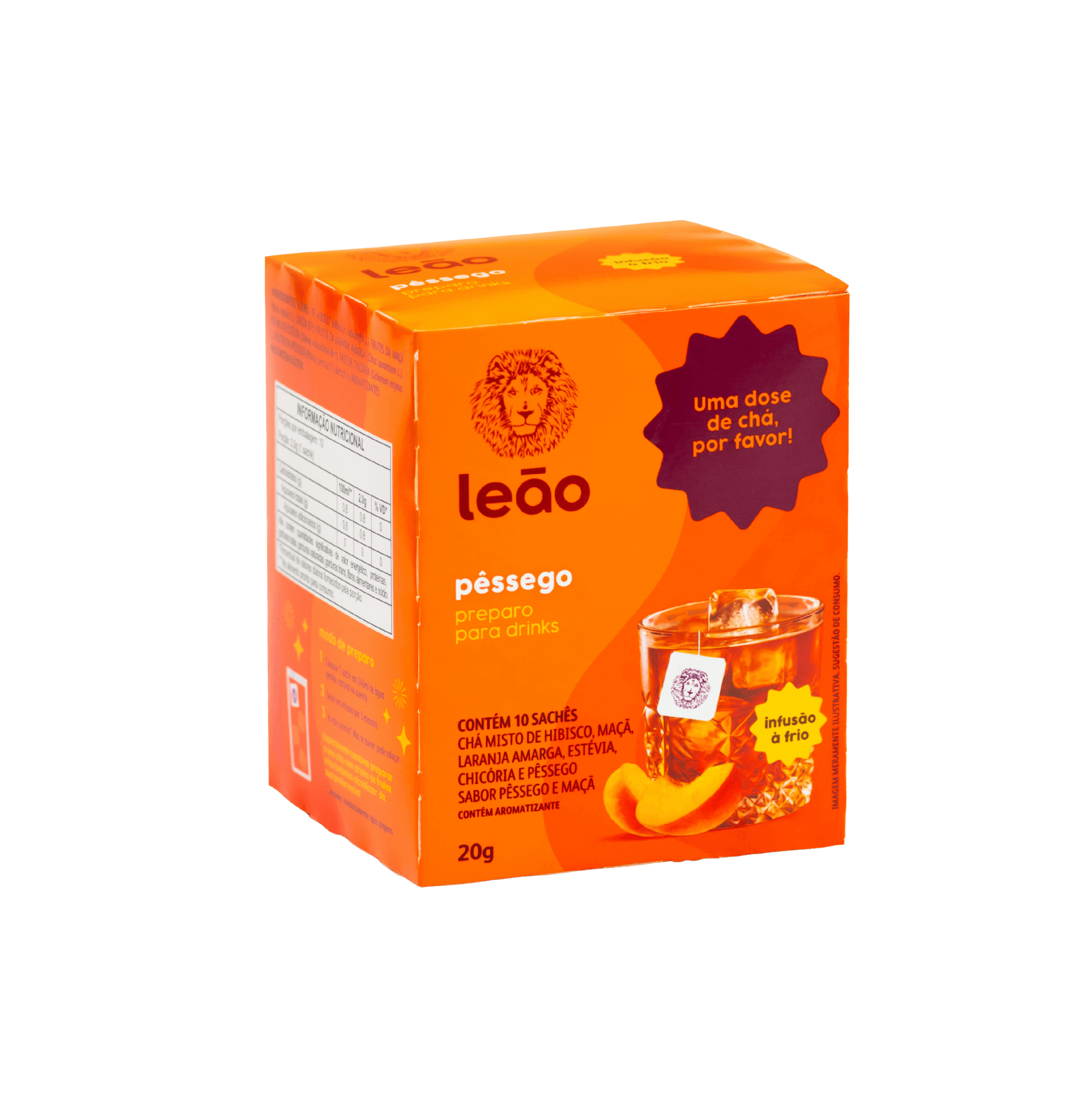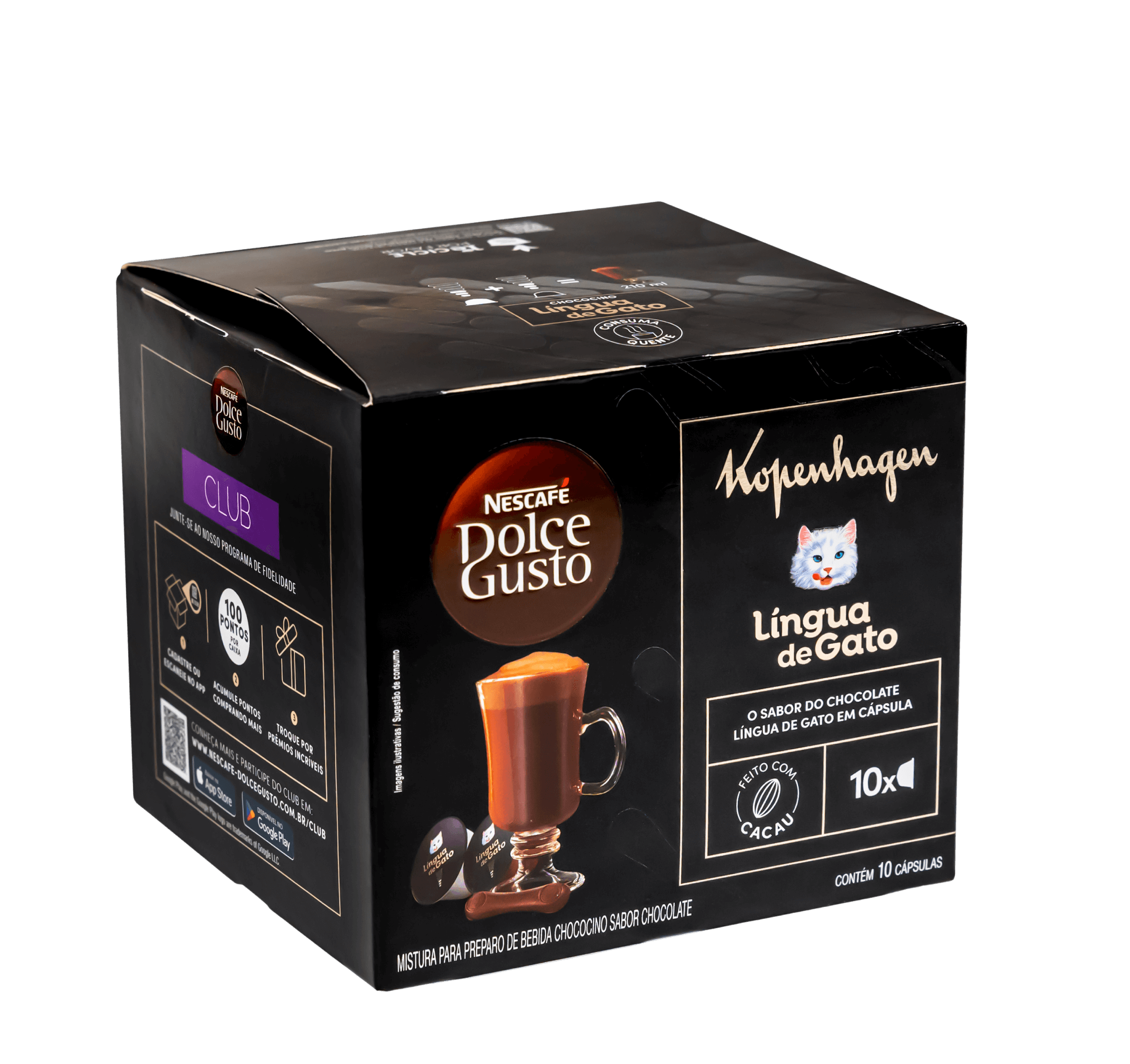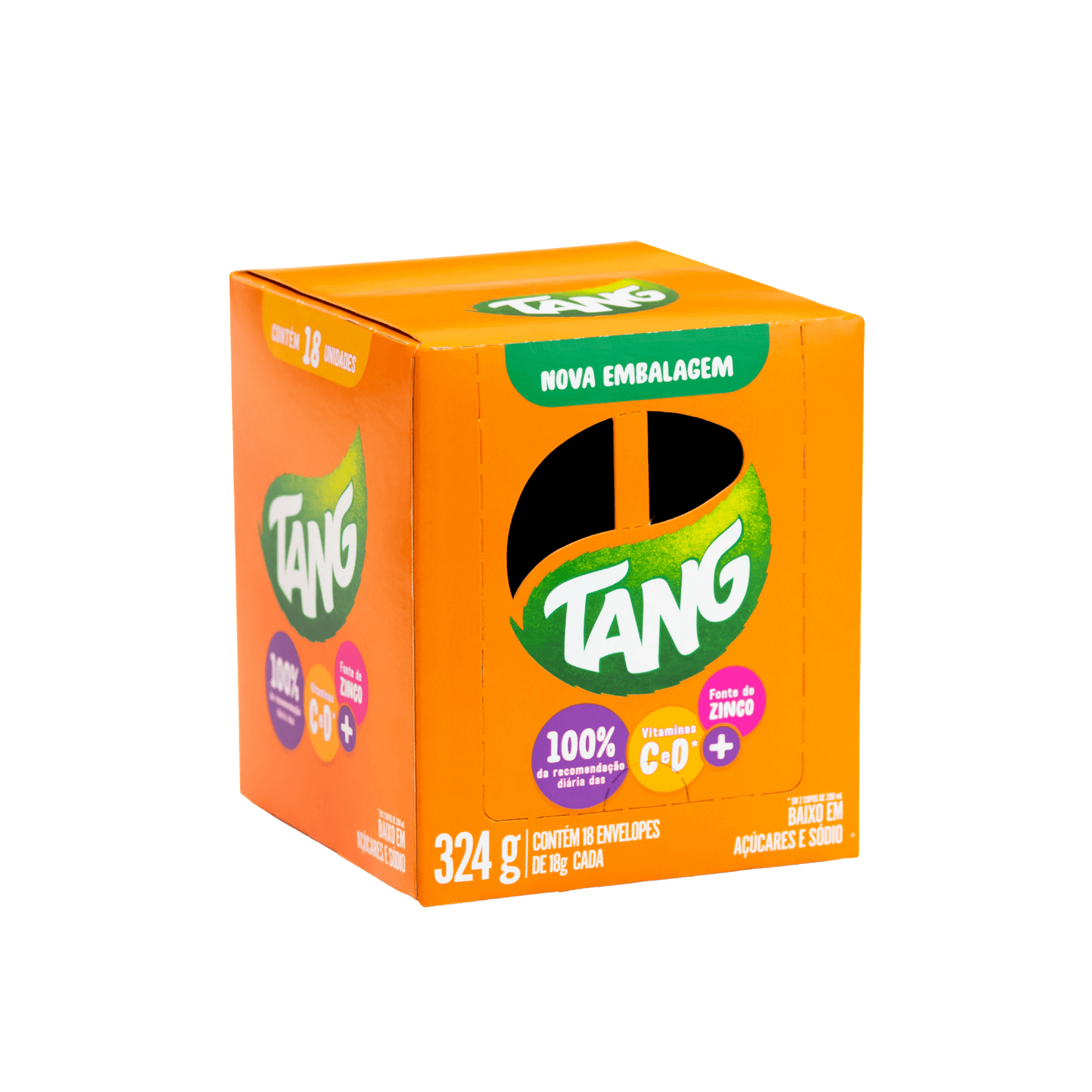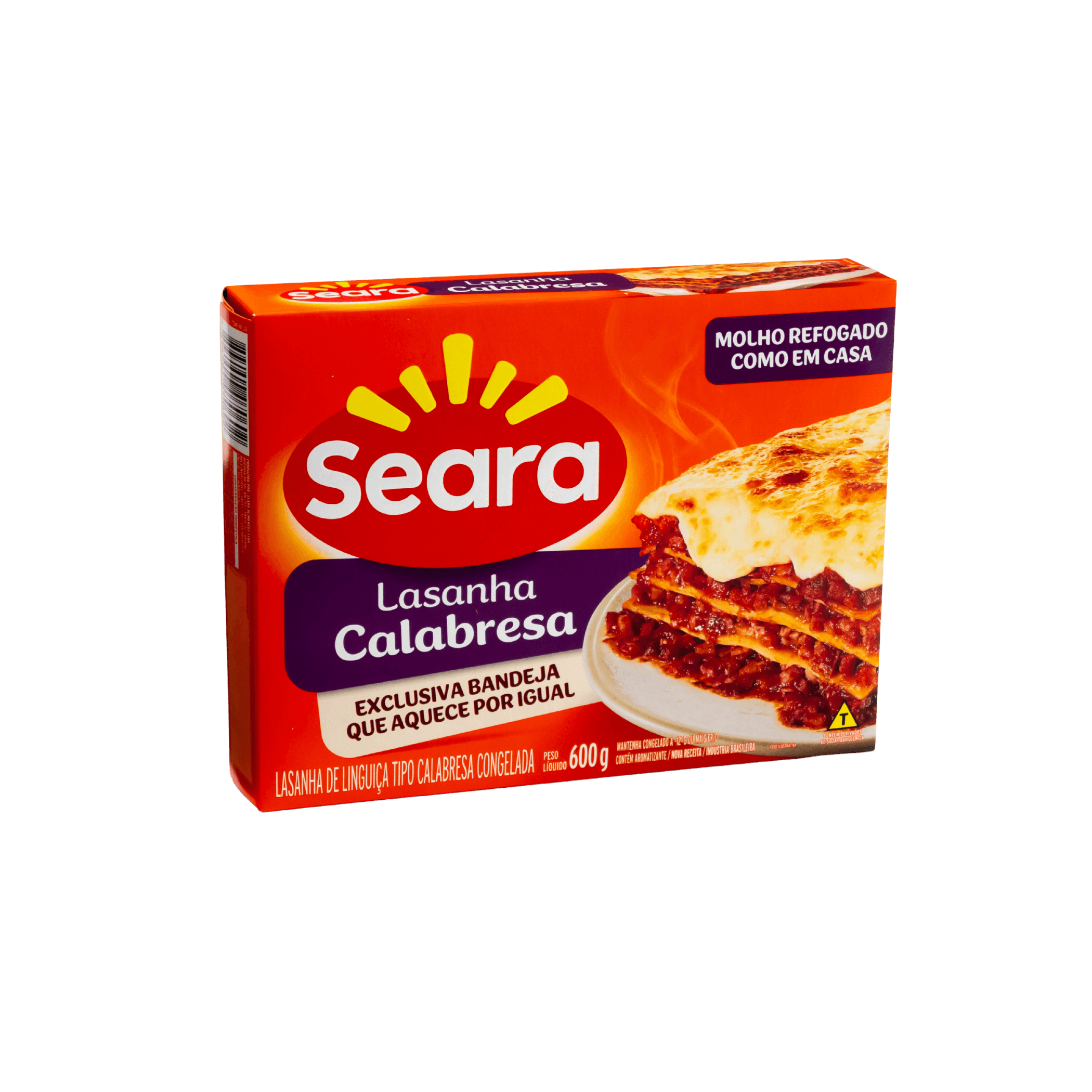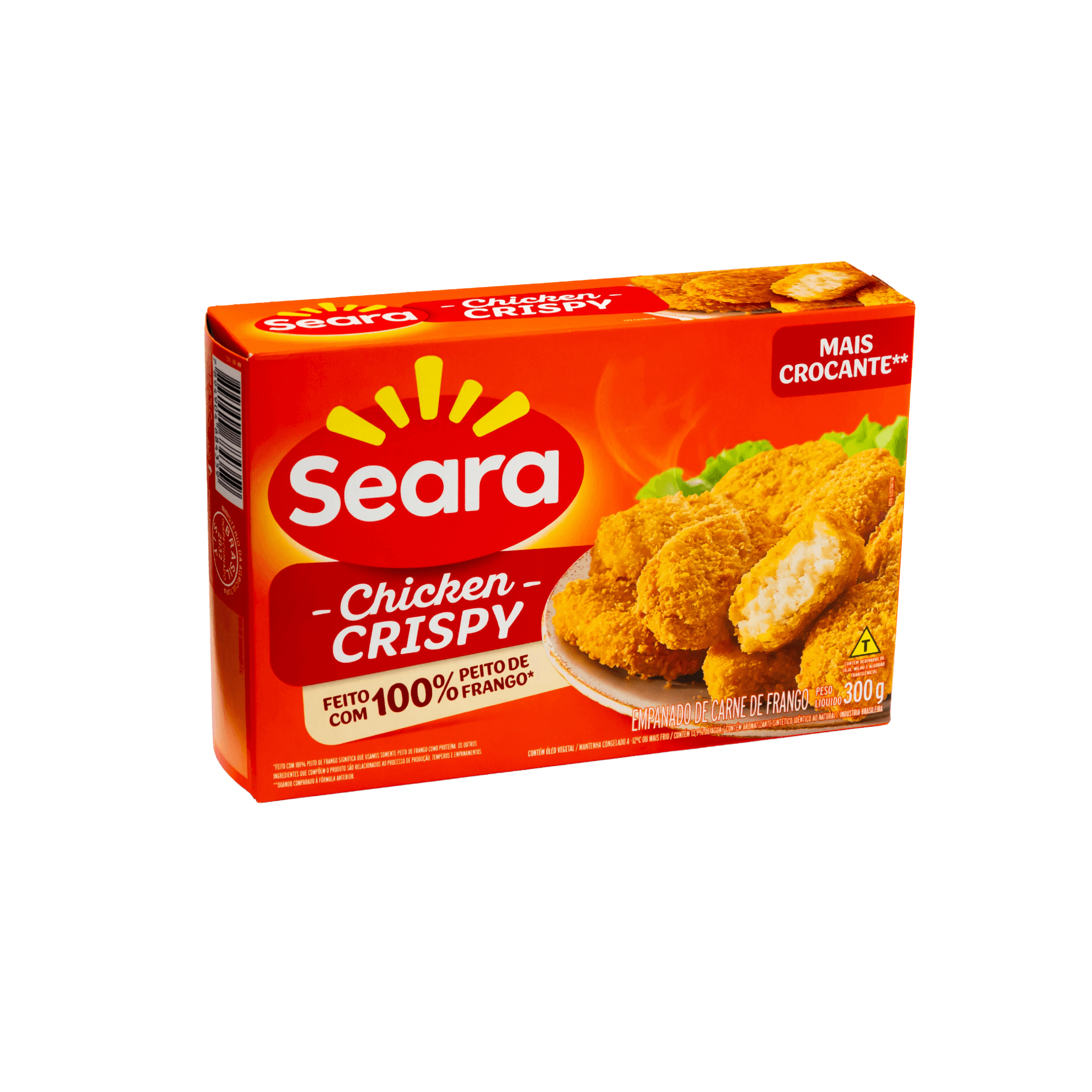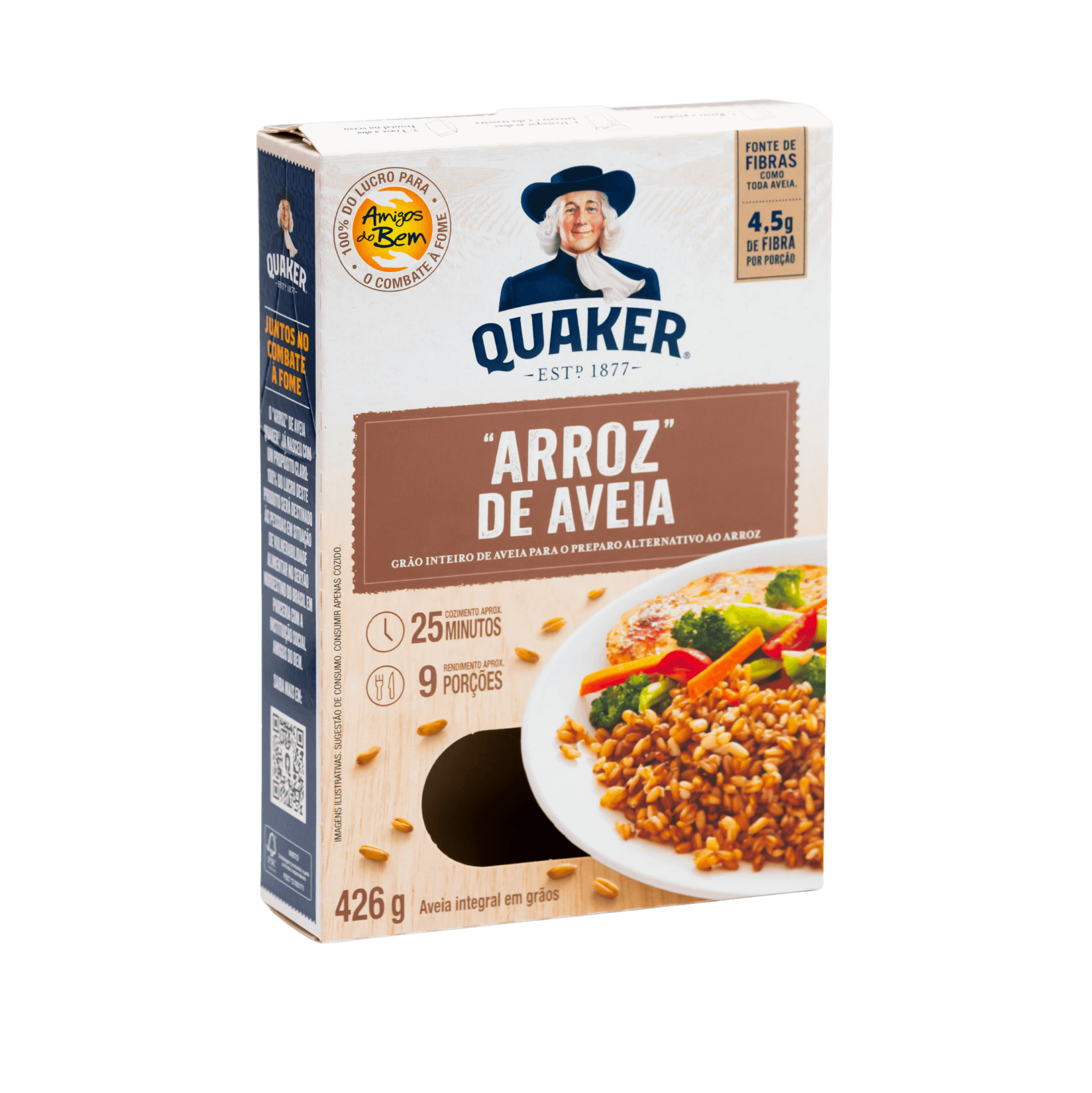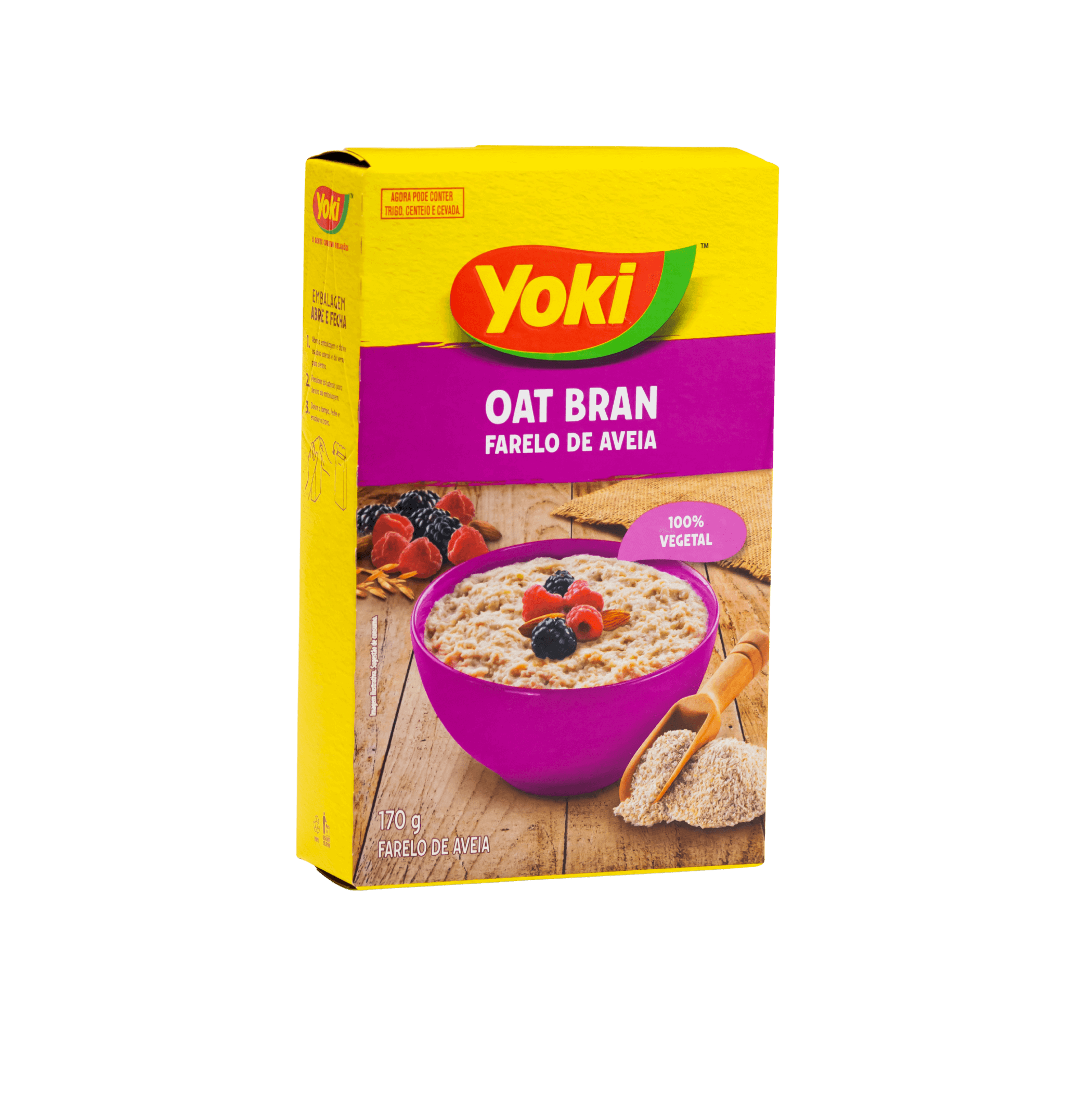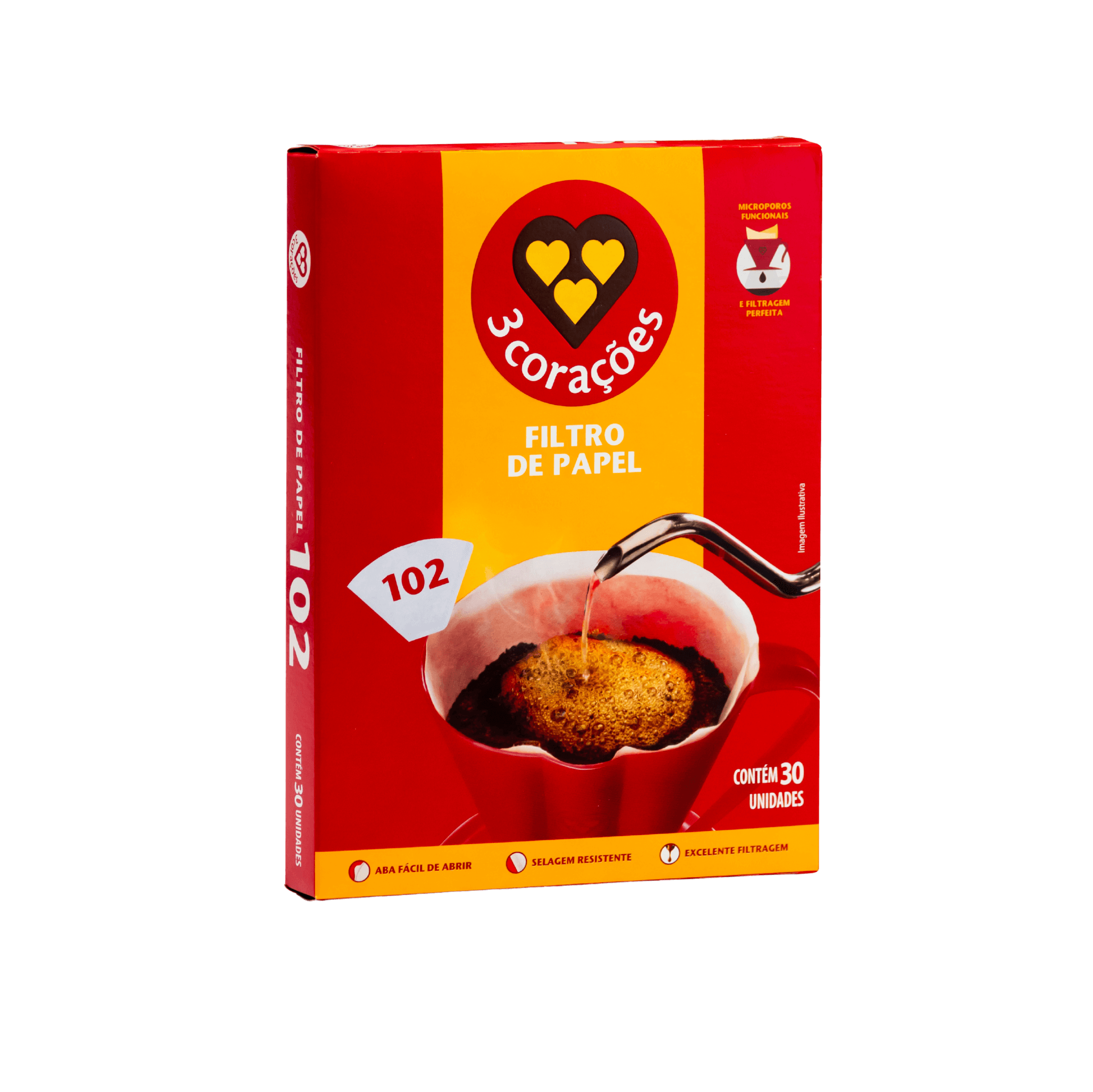When we look at packaging, we often only see the box, bag, or whatever else protects the product. But behind every choice of material, shape, and function, there is a classification system that helps the industry define which type of packaging to use for each situation.
In this article, we’ll explain how packaging is classified, providing practical examples and showing how Ibratec applies this concept to create solutions.
The 3 main packaging categories
The classification most used by the industry divides packaging into primary, secondary and tertiary.
1. Primary Packaging
It is the one that is in direct contact with the product.
Examples:
- Cardboard box for sweets;
- Paper cup for hot drinks.
Main Functions:
- Preserve the integrity and security of the content;
- Inform the consumer with labels and instructions;
- Increase visual appeal at the point of sale.
2. Secondary Packaging
Groups and protects multiple primary packaging materials.
Examples:
- Cereal box, oatmeal;
- Cartridge that packs several cans of soda.
Main Functions:
- Facilitate transportation and storage;
- Organize units for sale in lots;
Reinforce brand presentation.
3. Tertiary Packaging
Mainly used in logistics and distribution of large volumes.
Examples:
- Pallets wrapped in stretch film;
- Master boxes for international transport.
Main Functions:
- Ensure safety during long-distance transportation;
- Optimize vehicle loading;
- Protect against impacts and climate variations.
Types of paper food packaging
Cardboard is widely used for packaging food, as it offers protection and versatility. The main types include:
- Transport and display boxes: for sweets, cereals, chocolates and bakery products;
- Trays and internal dividers: to organize and protect products inside larger boxes;
- Packaging with special closure: such as snap-on lid or reinforced flaps;
Each type meets a specific need, balancing protection, functionality and visual appeal.
And where does sustainability come in?
The classification also influences the choice of more sustainable materials. In the case of cardboard, it can be used in primary and secondary packaging, offering resistance, personalization and, most importantly, recyclability.
At Ibratec, the entire process is designed to reduce environmental impact, using renewable raw materials and completely neutralizing greenhouse gas emissions.
Trends in packaging classification
The packaging market is changing rapidly. Some trends include:
- Multifunctionality
- Sustainable design
- Reverse logistics
Understanding how packaging is classified is essential for companies that want to combine efficiency, safety, and environmental responsibility.
Want to learn about sustainable packaging solutions for your business? Explore our portfolio and discover how we can create the ideal packaging for your product.
